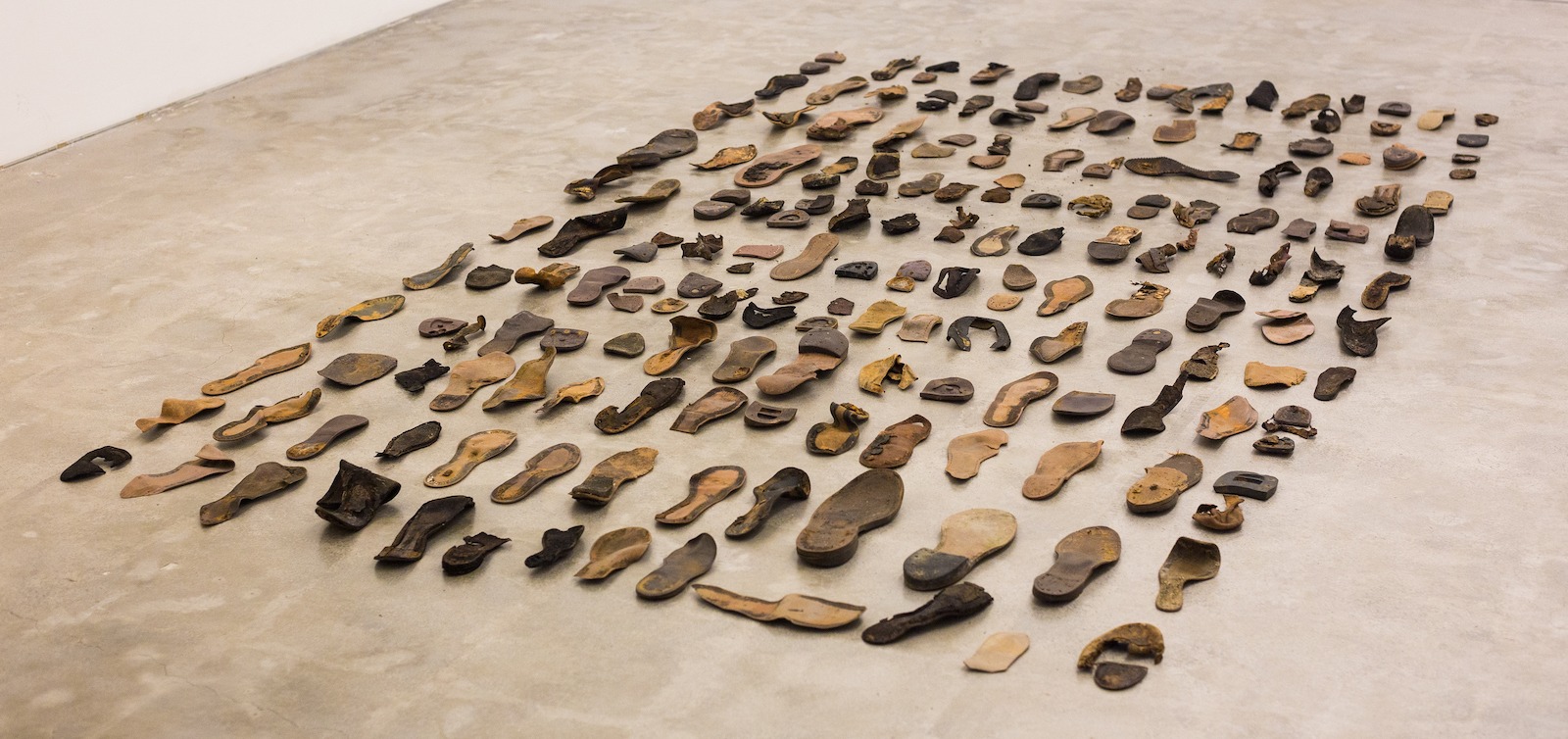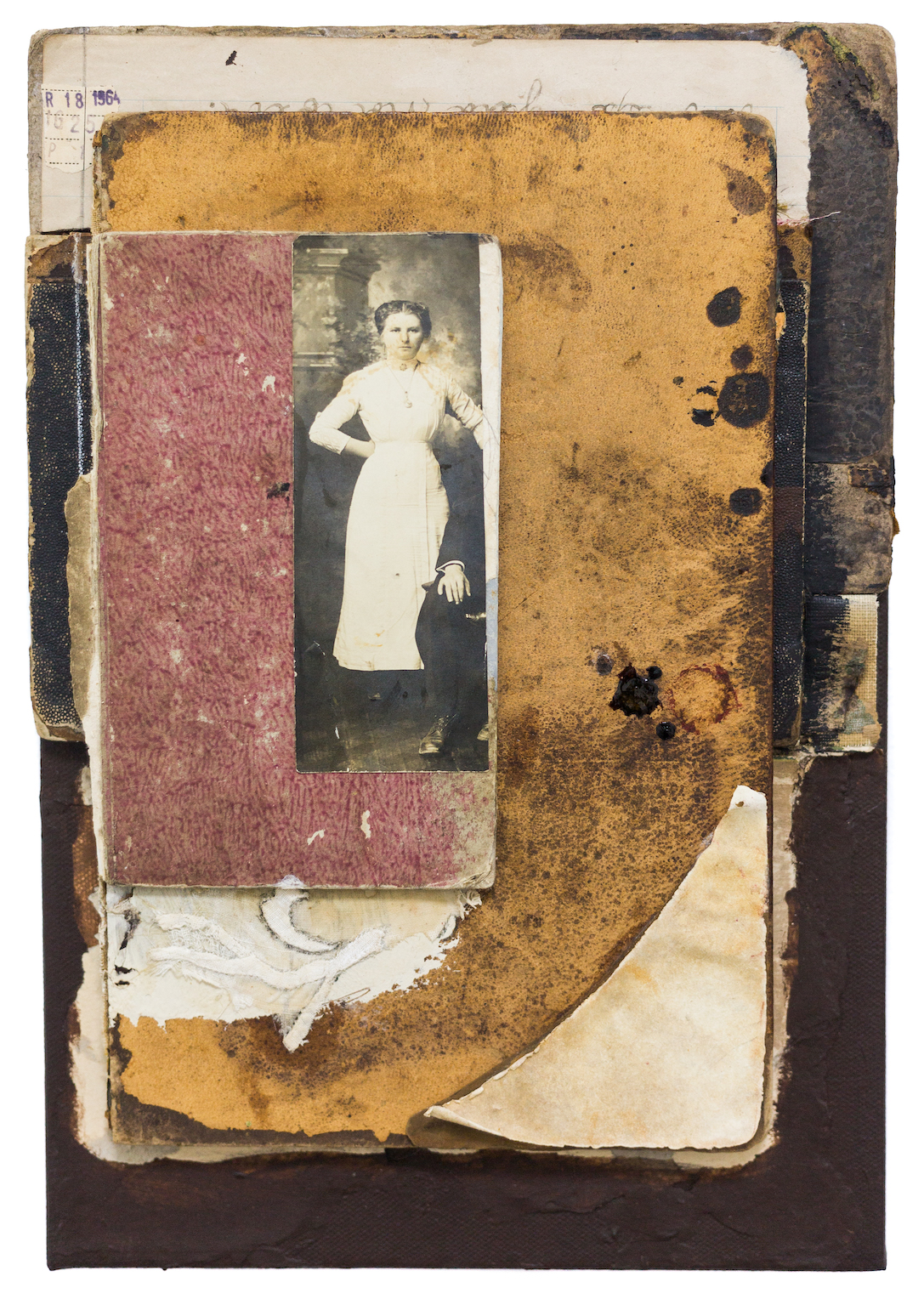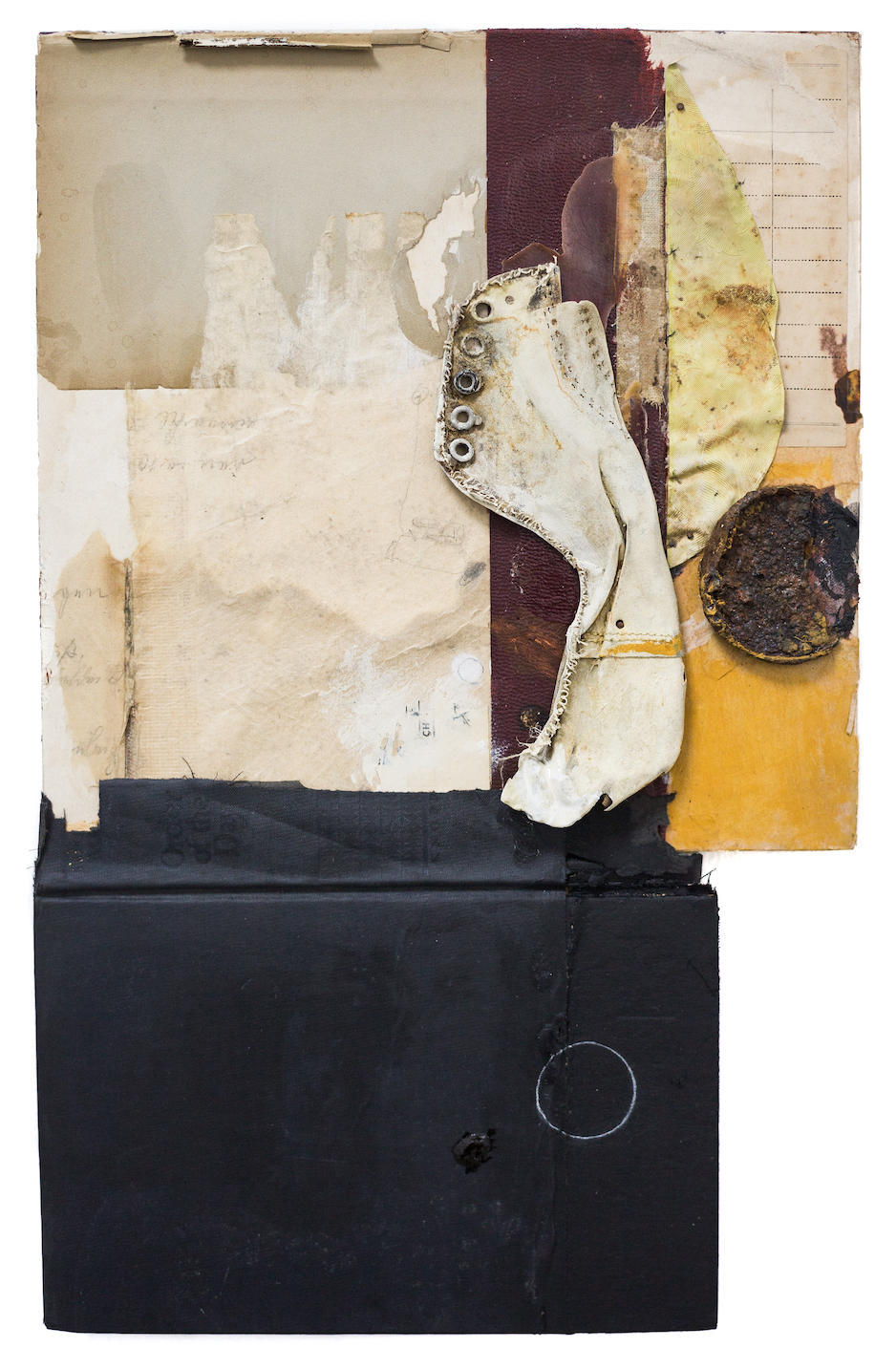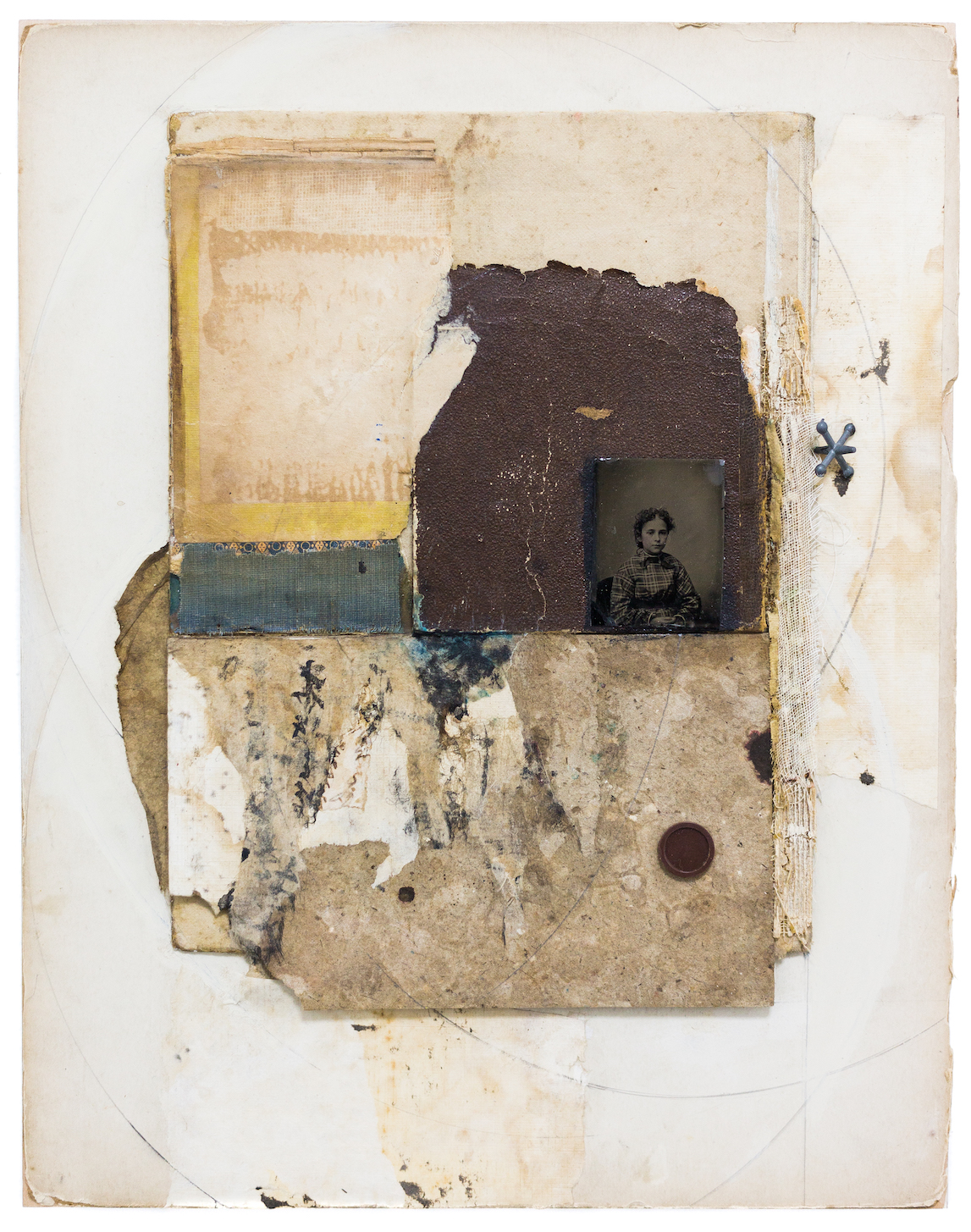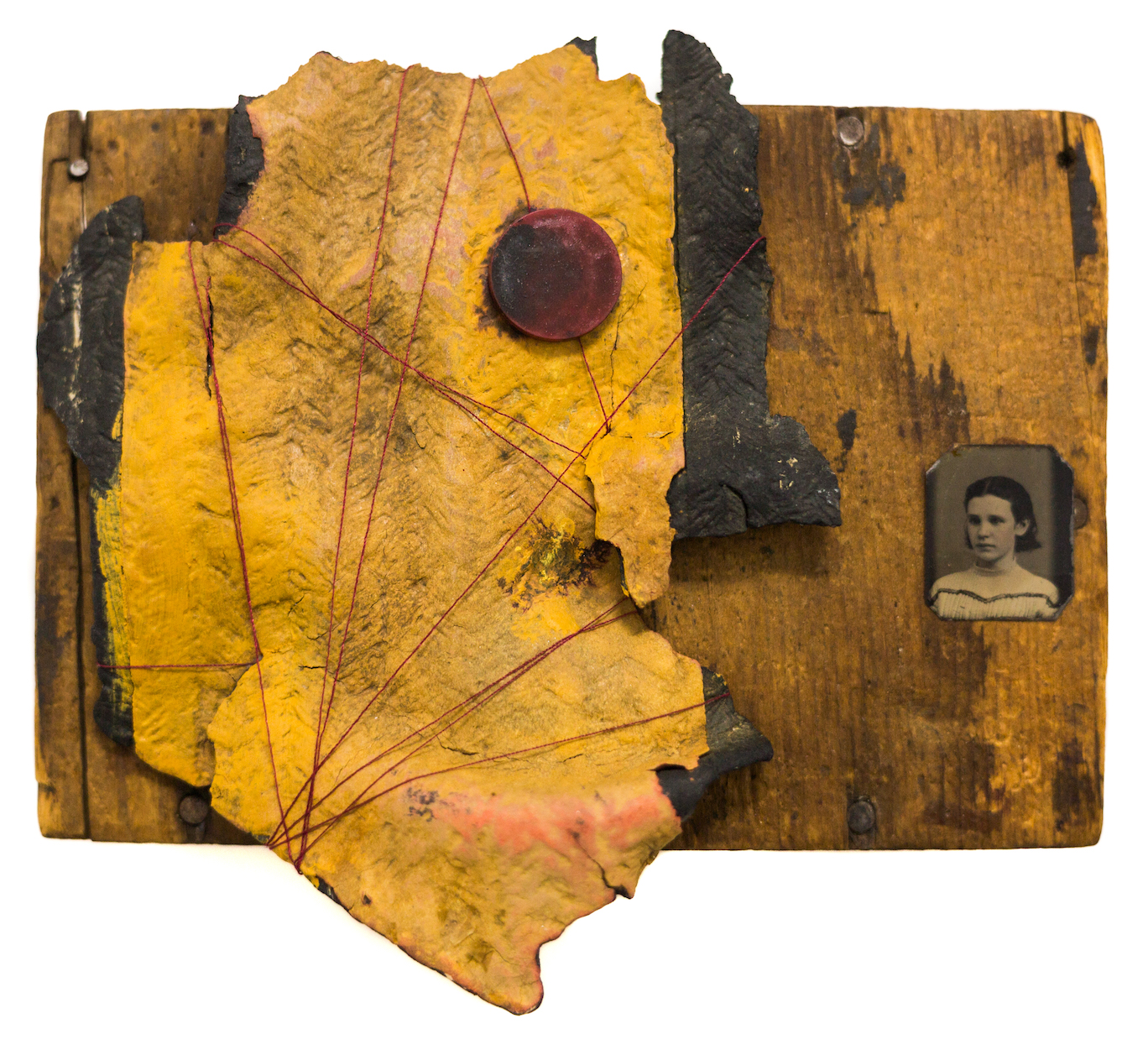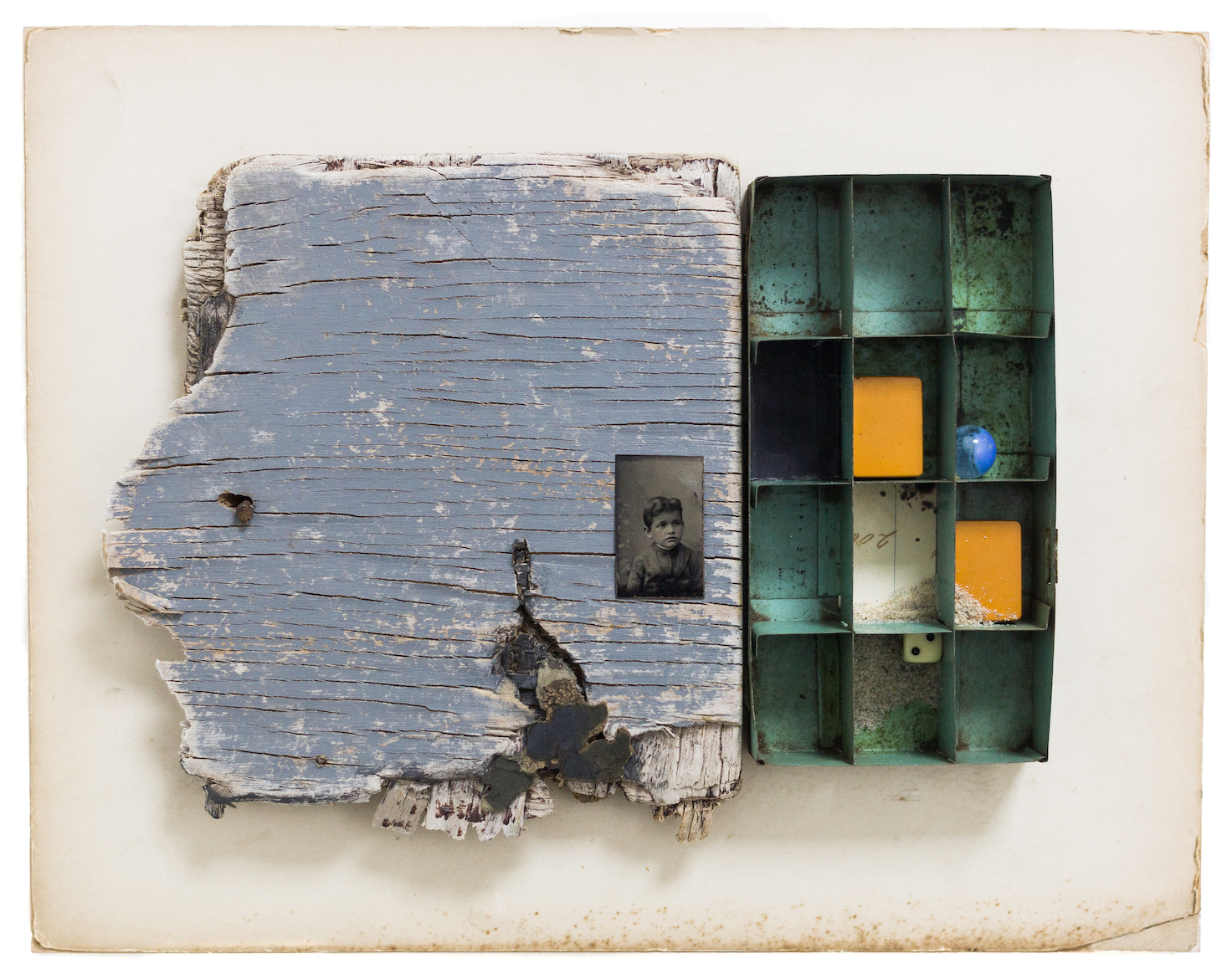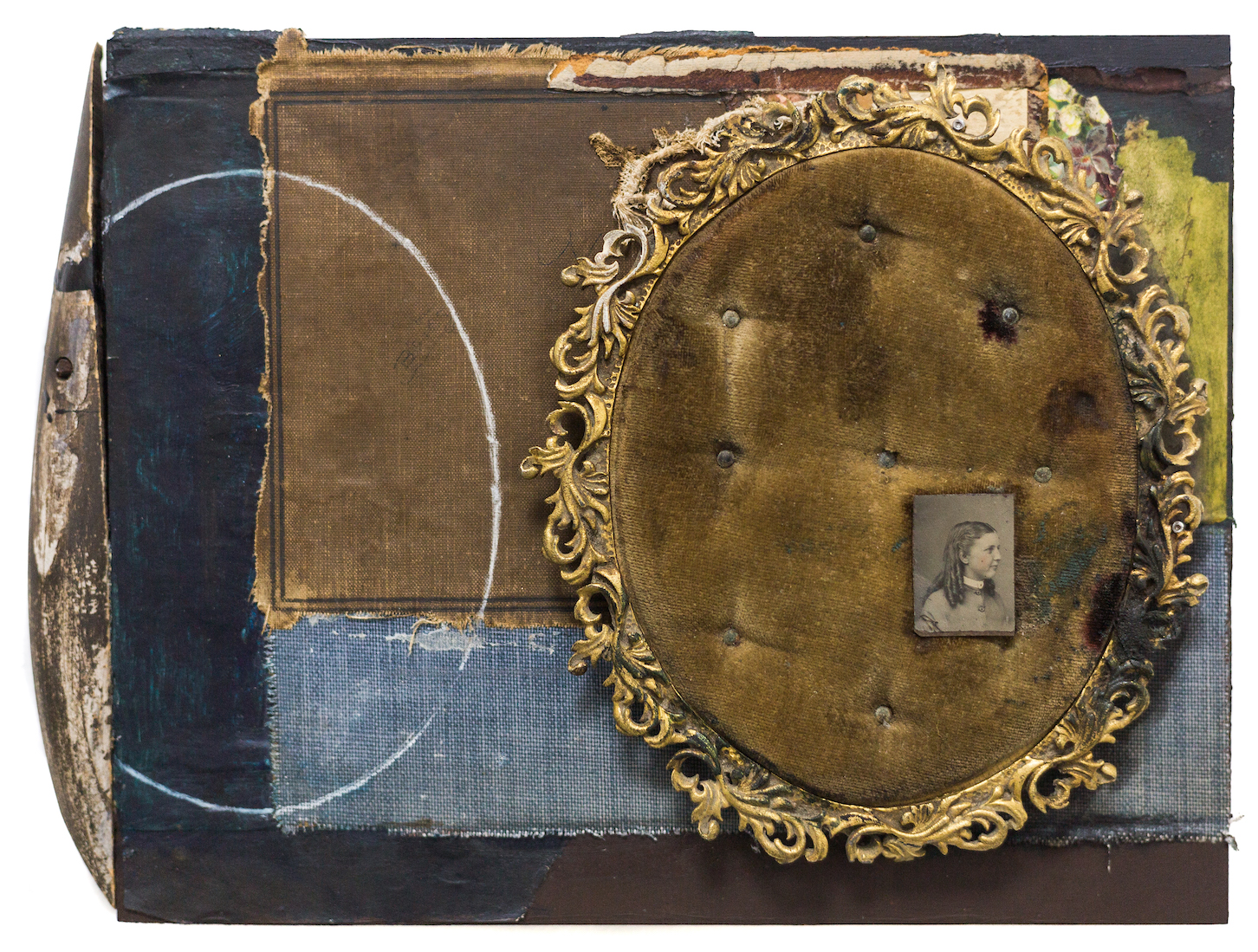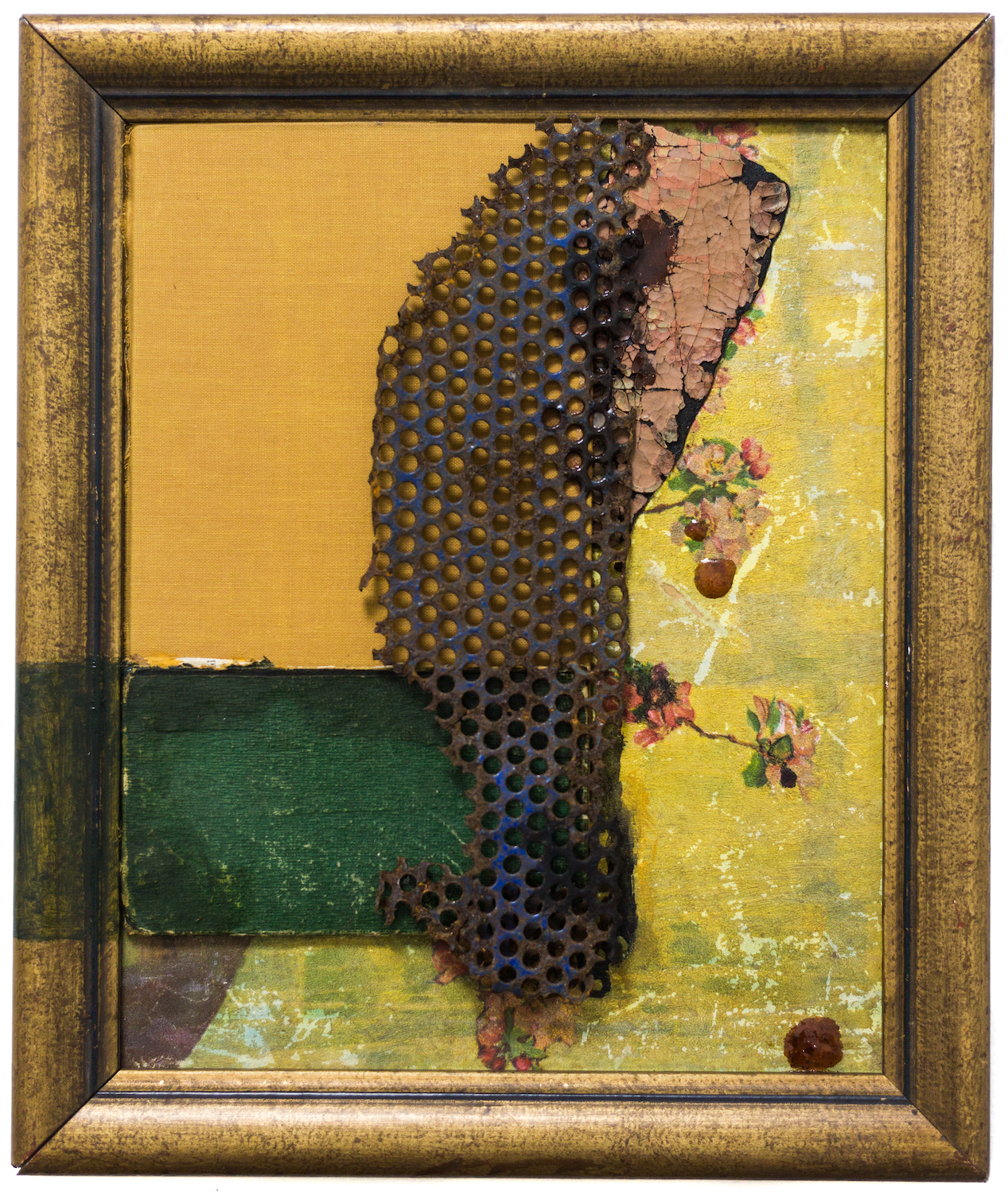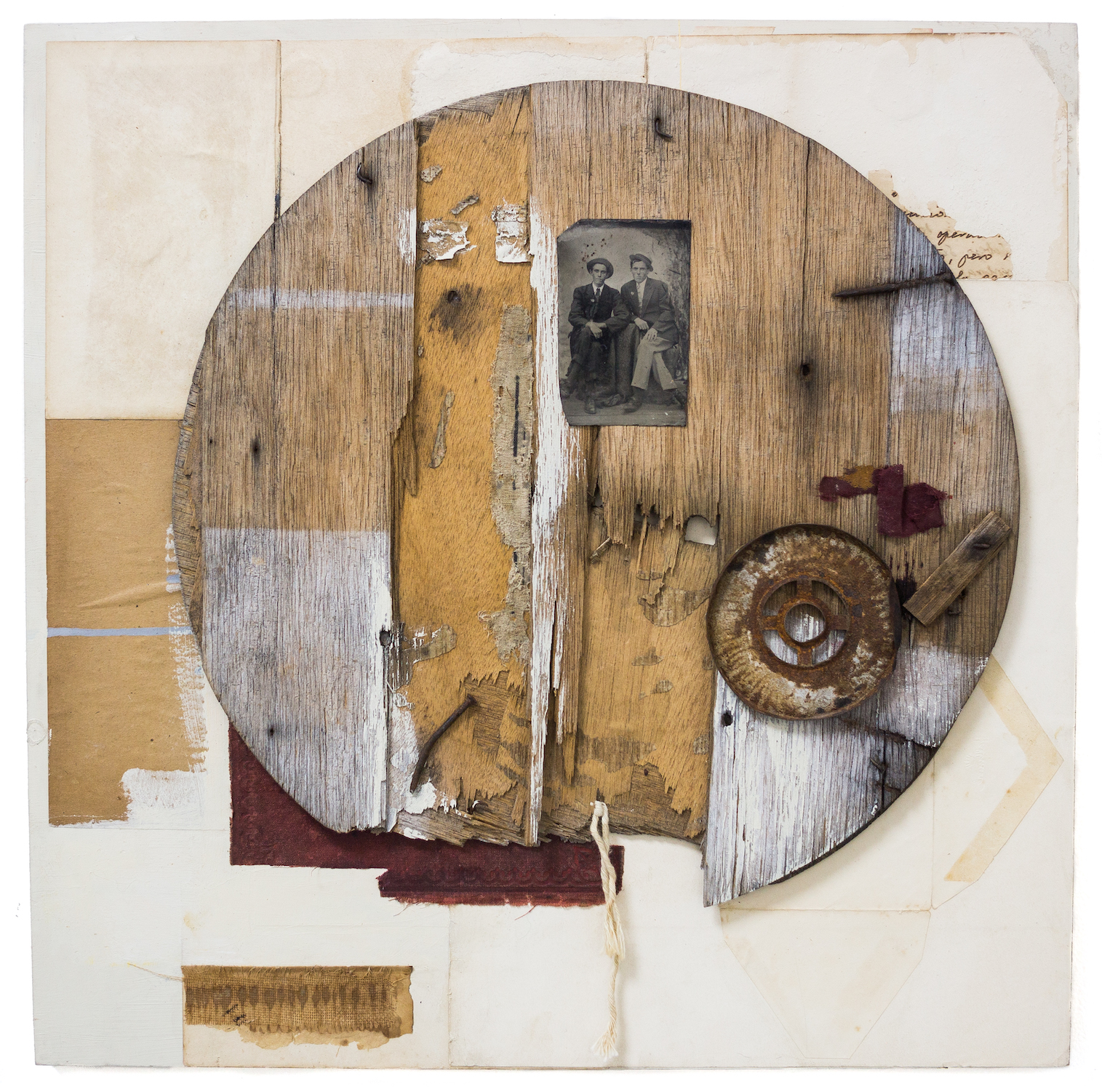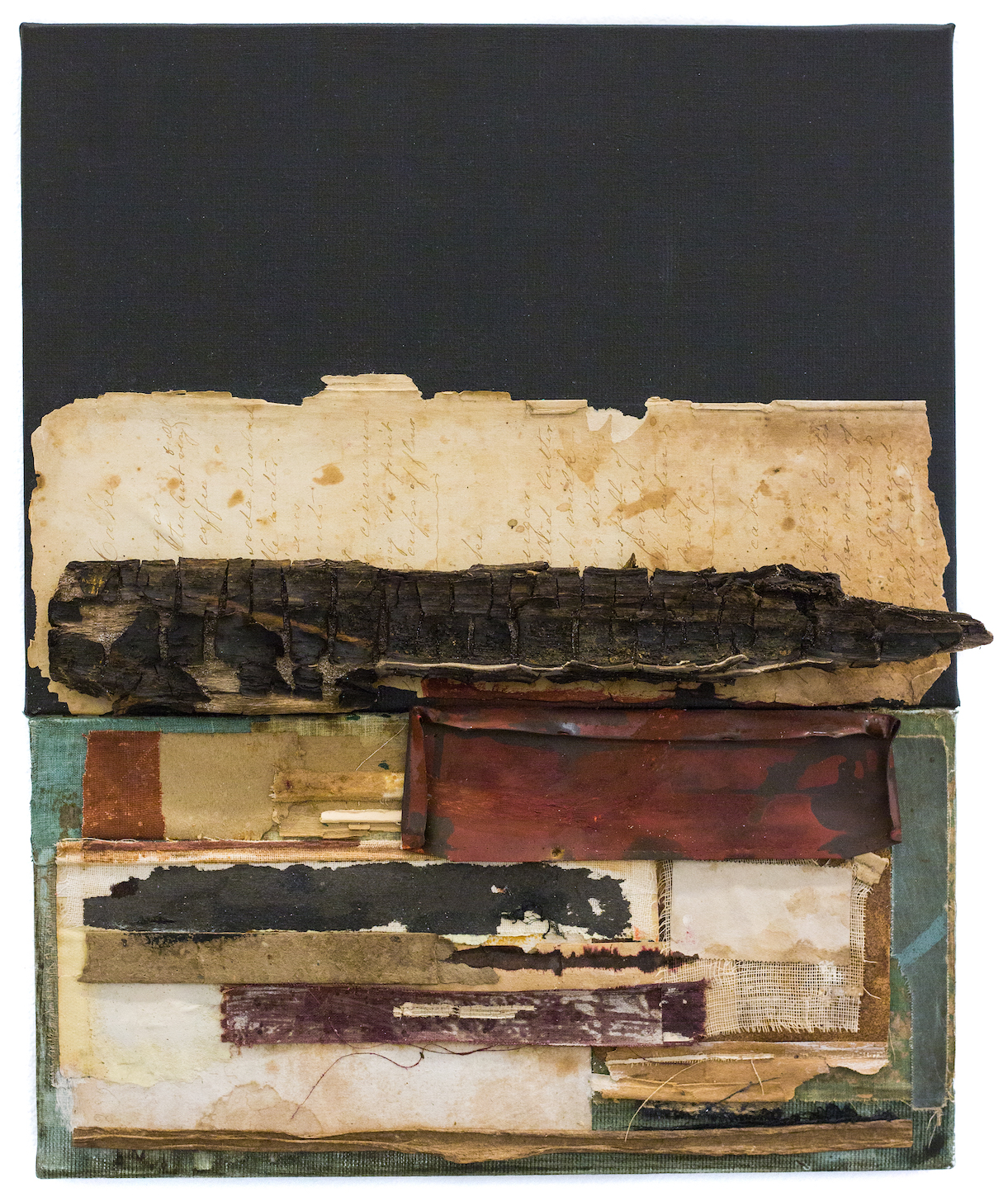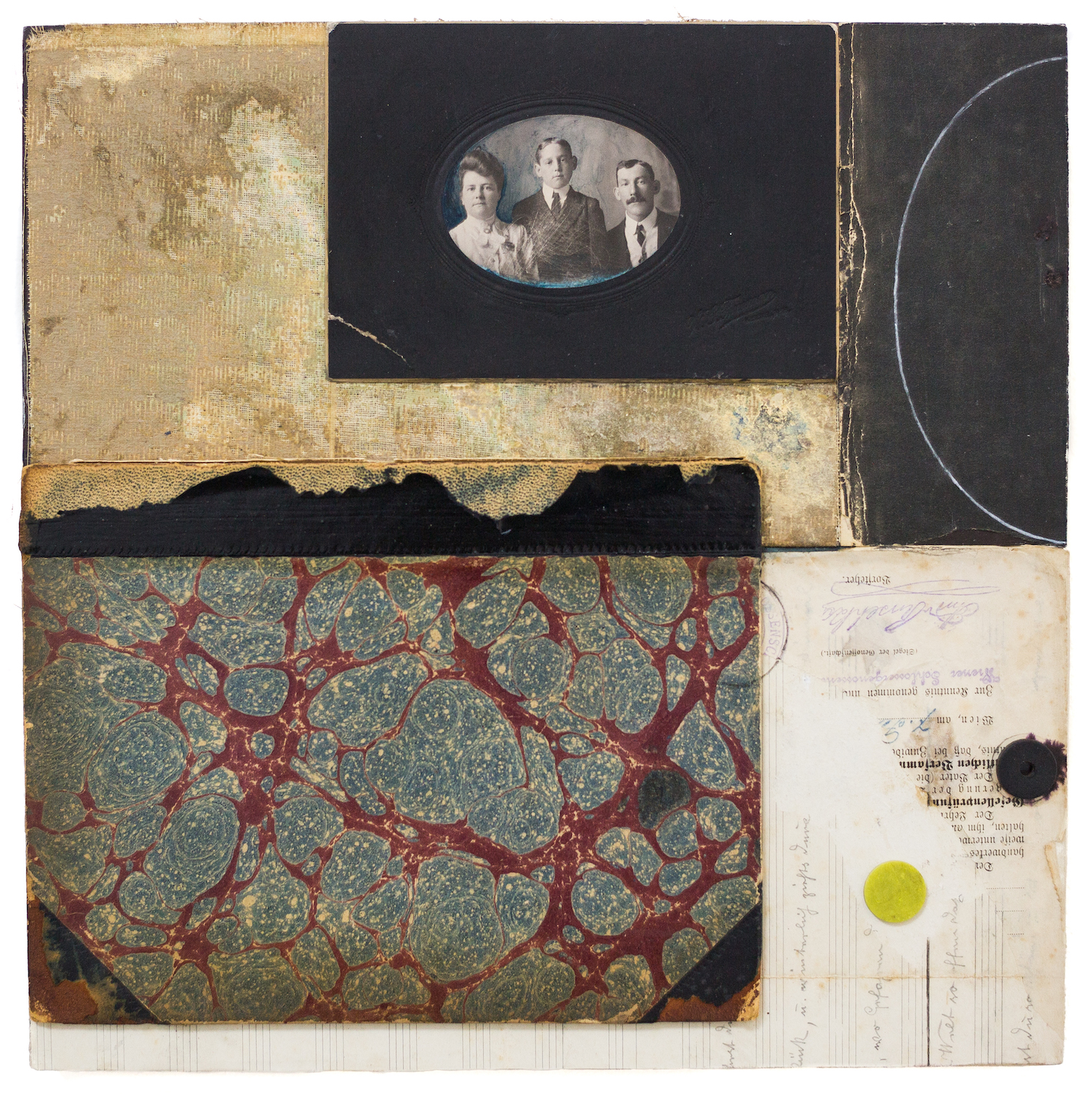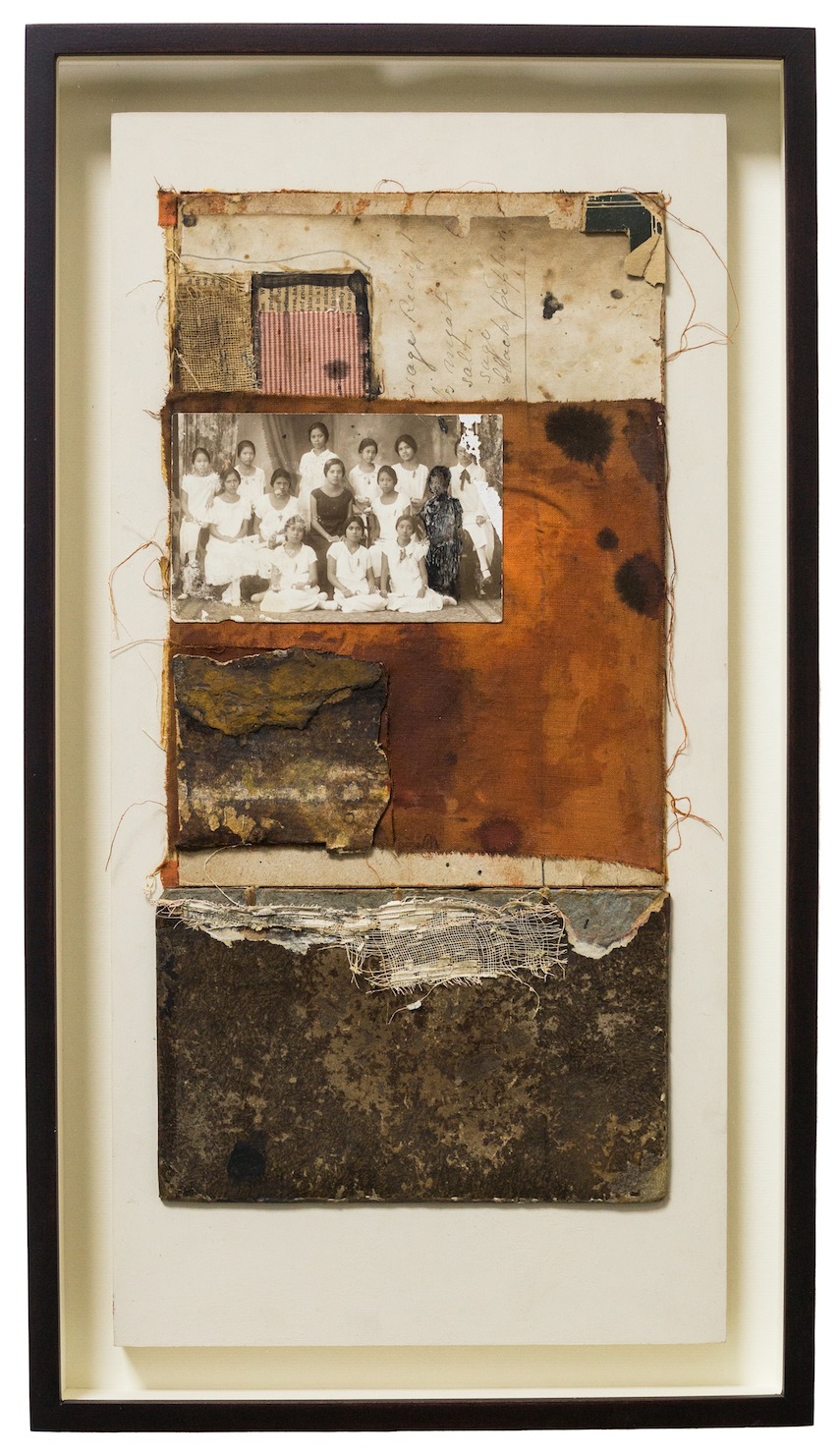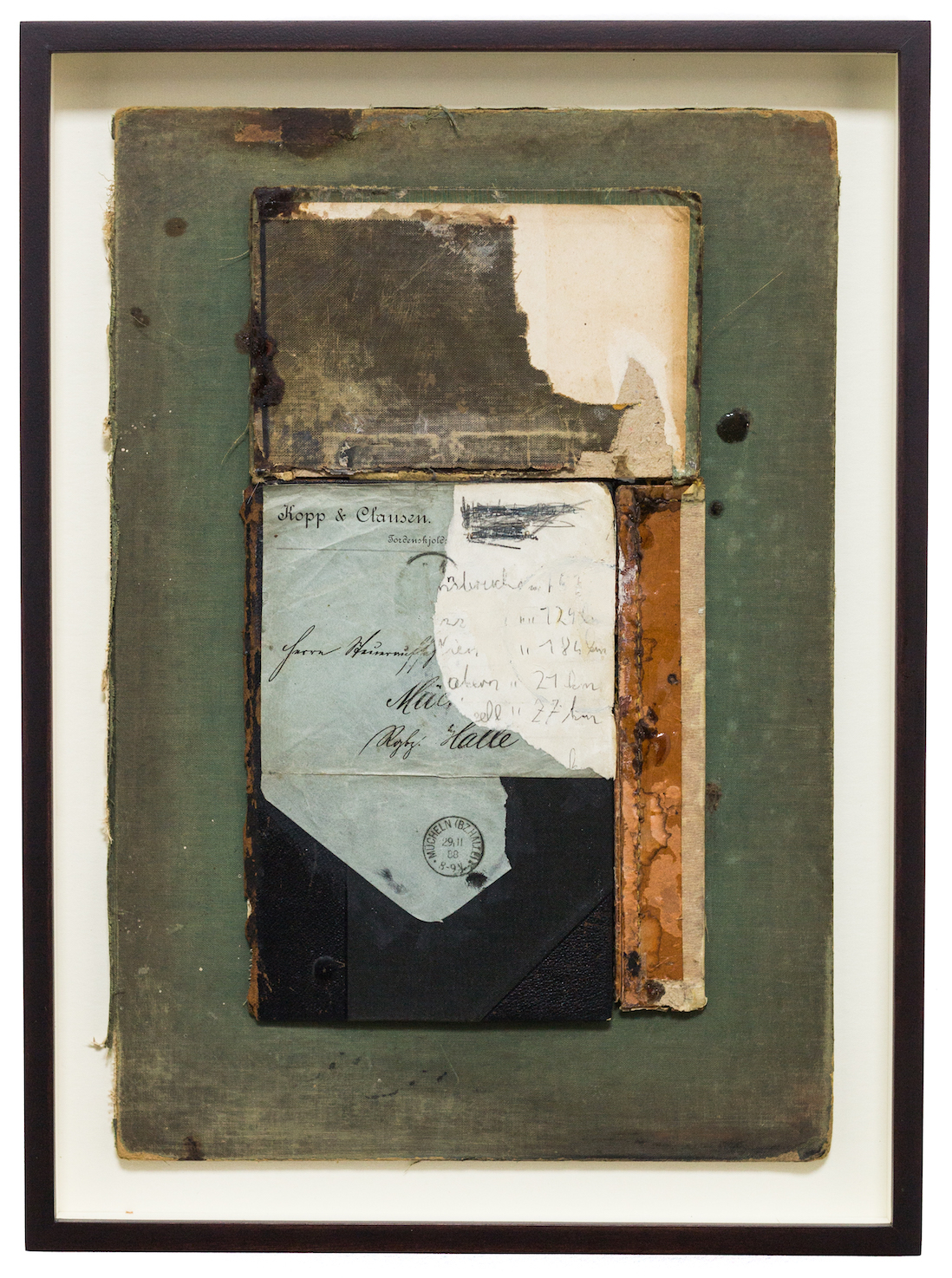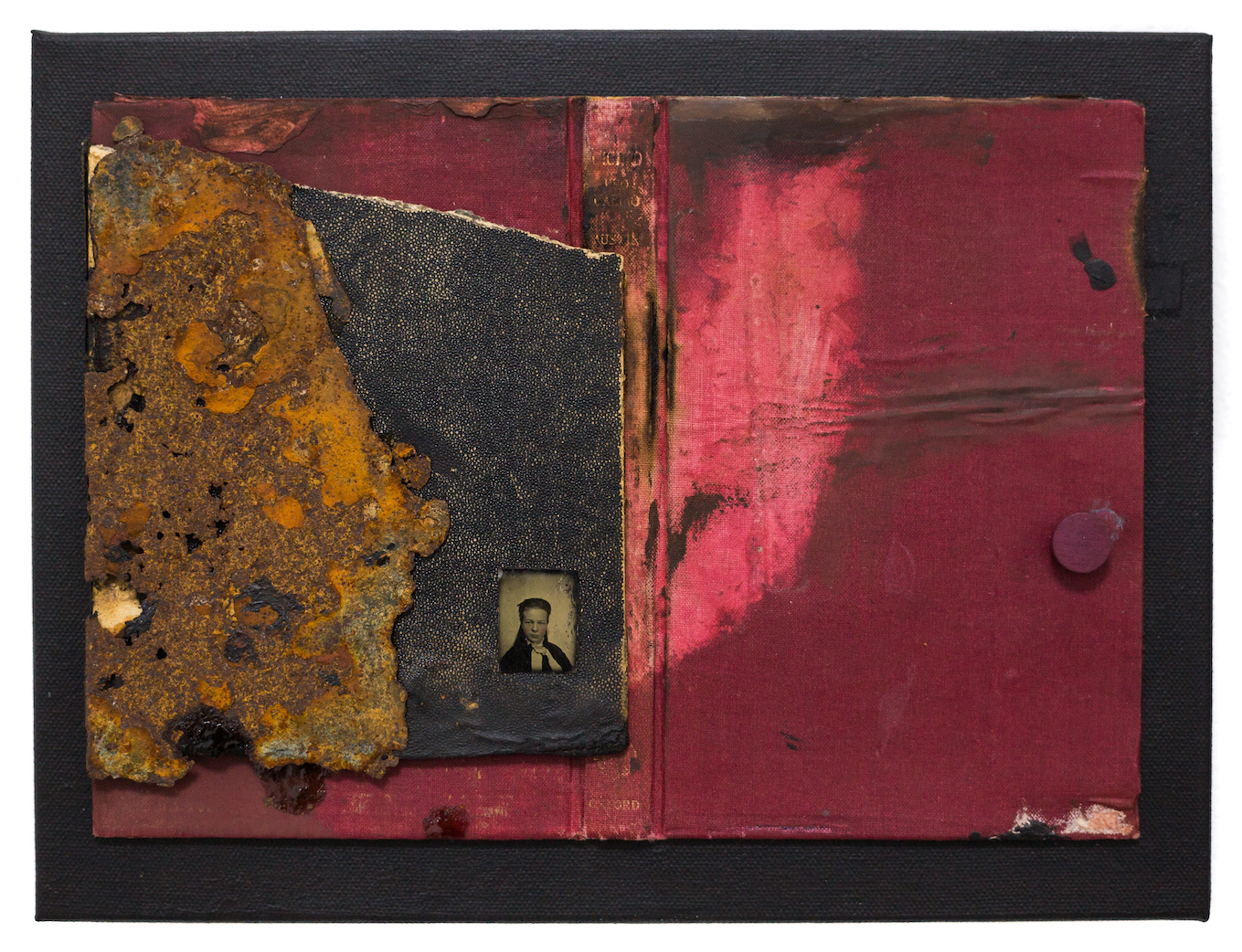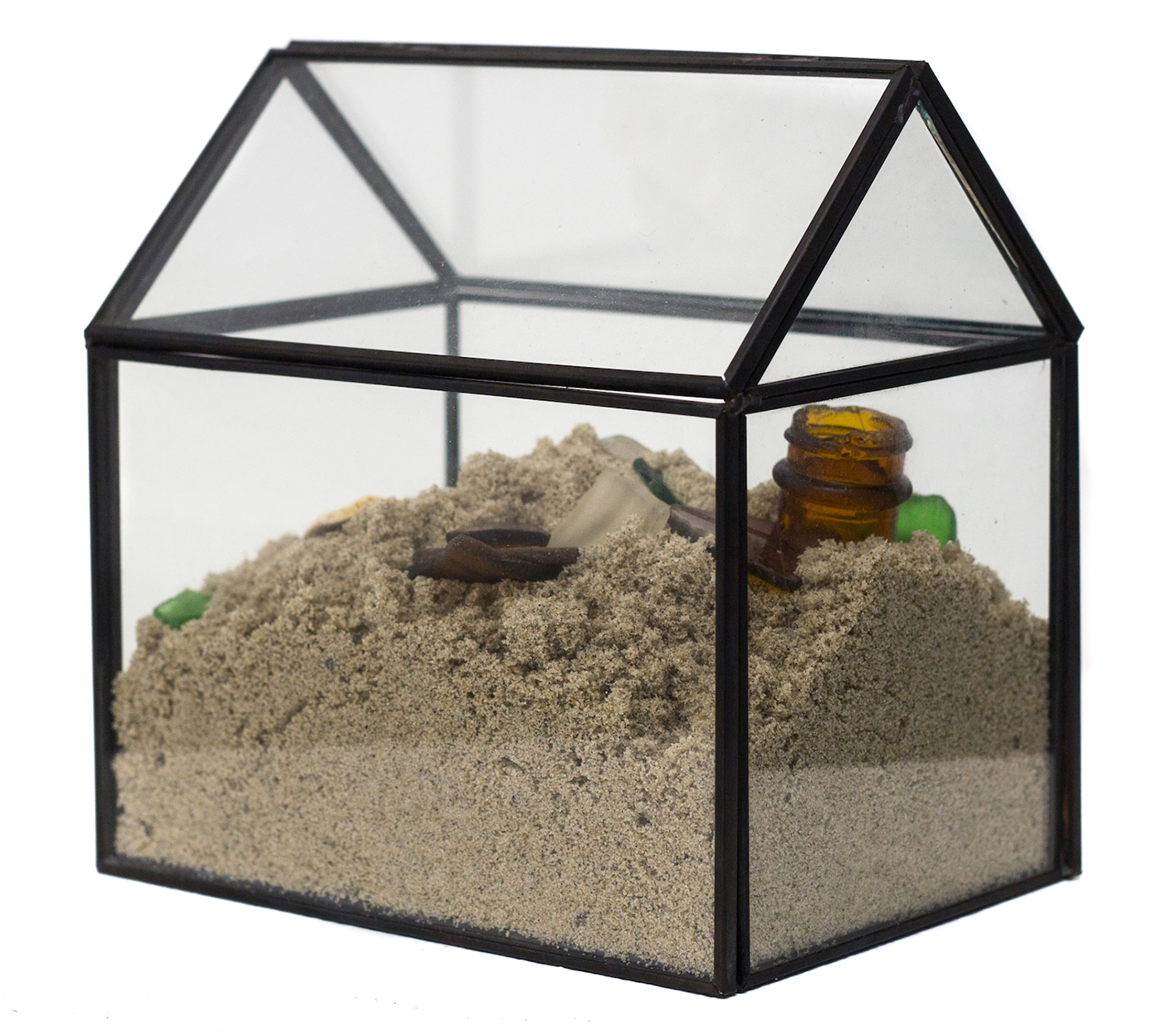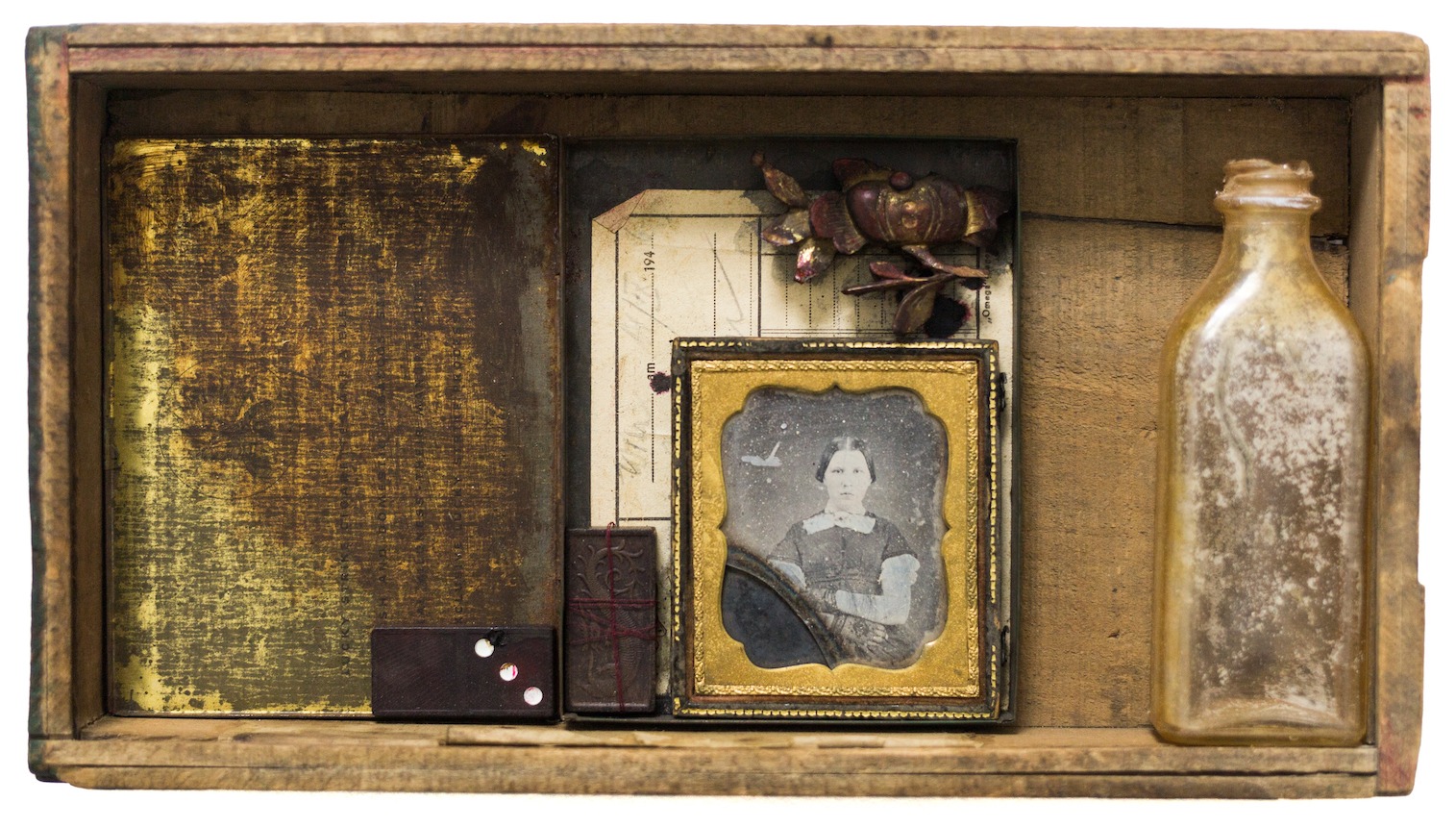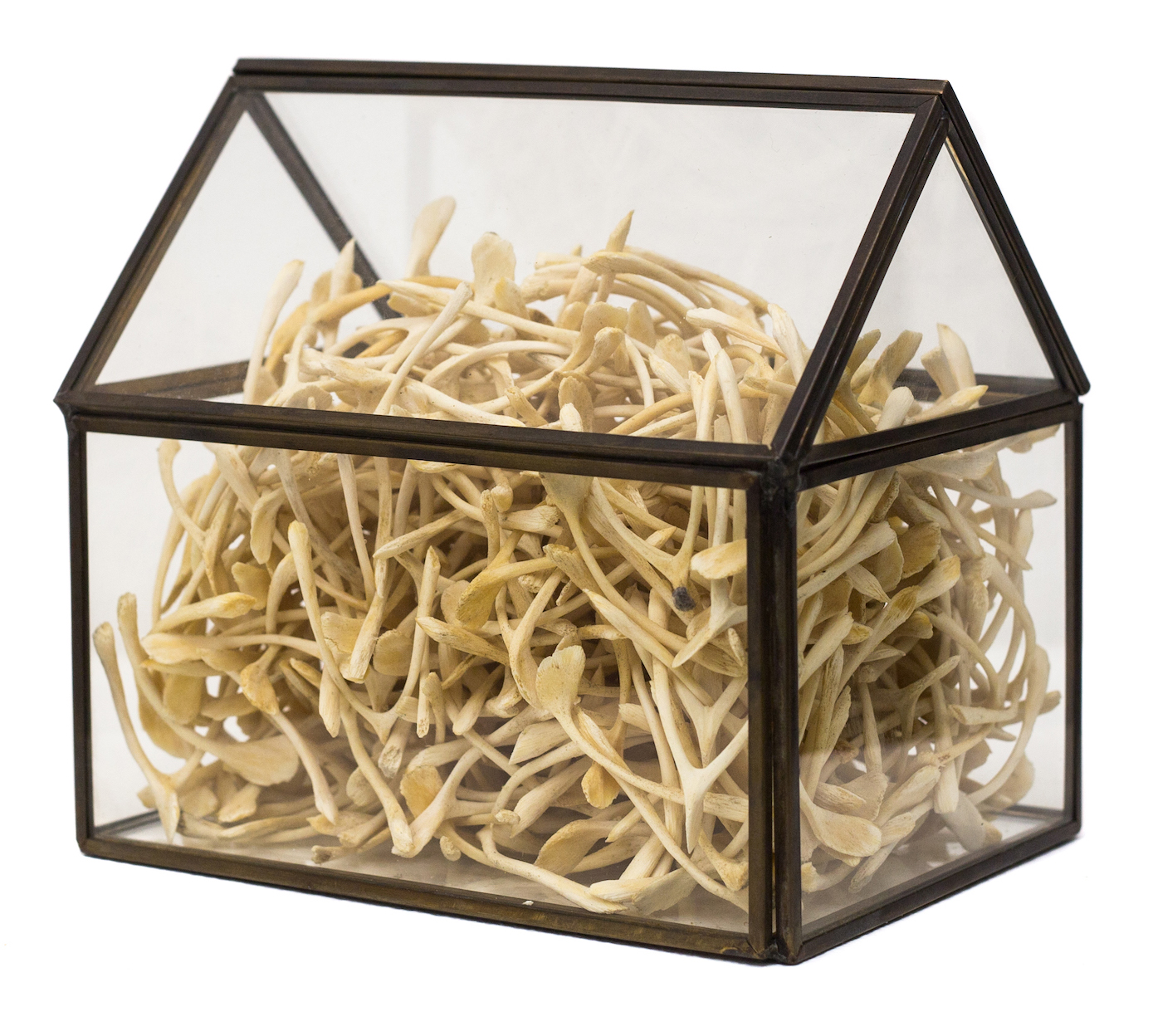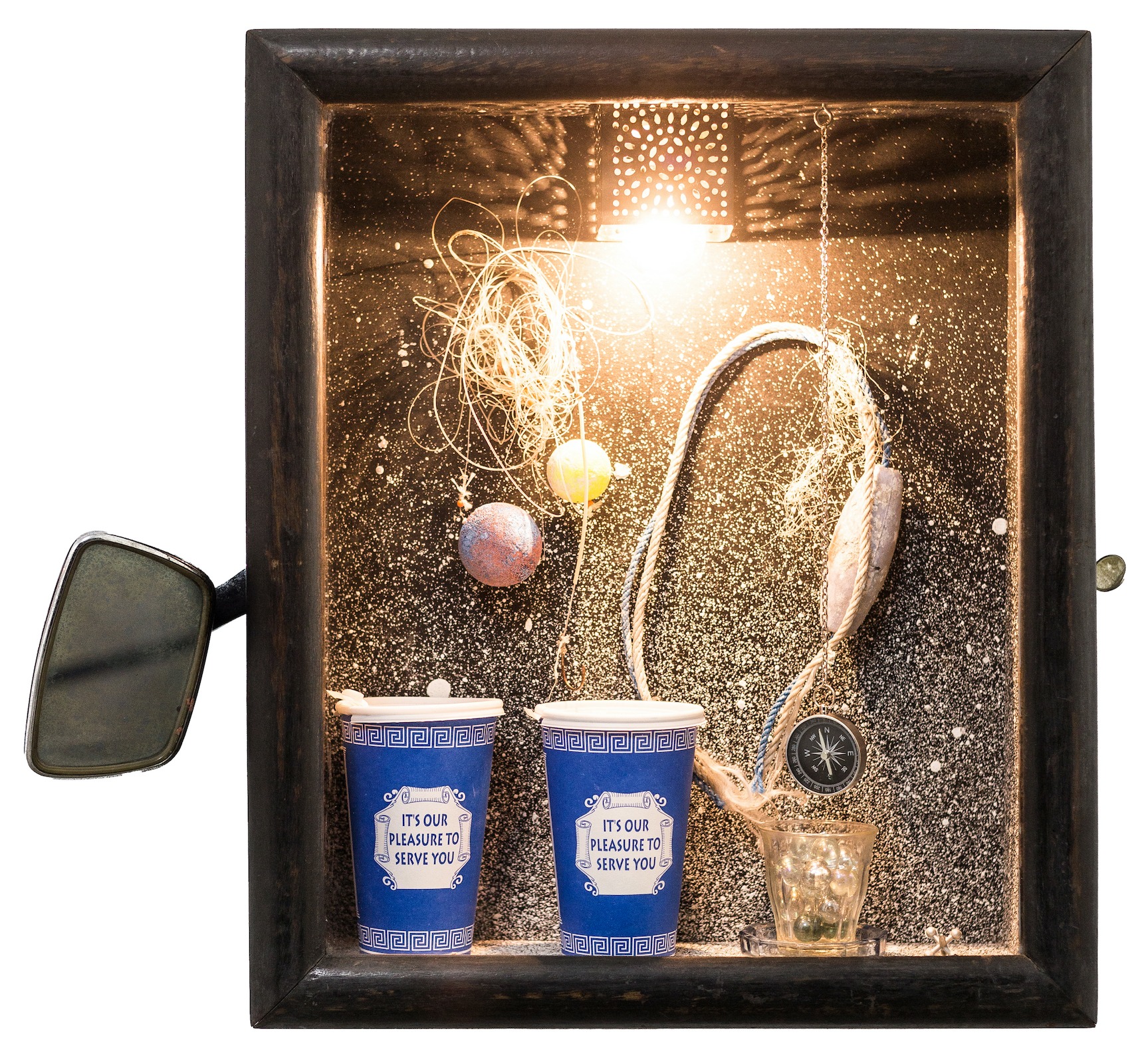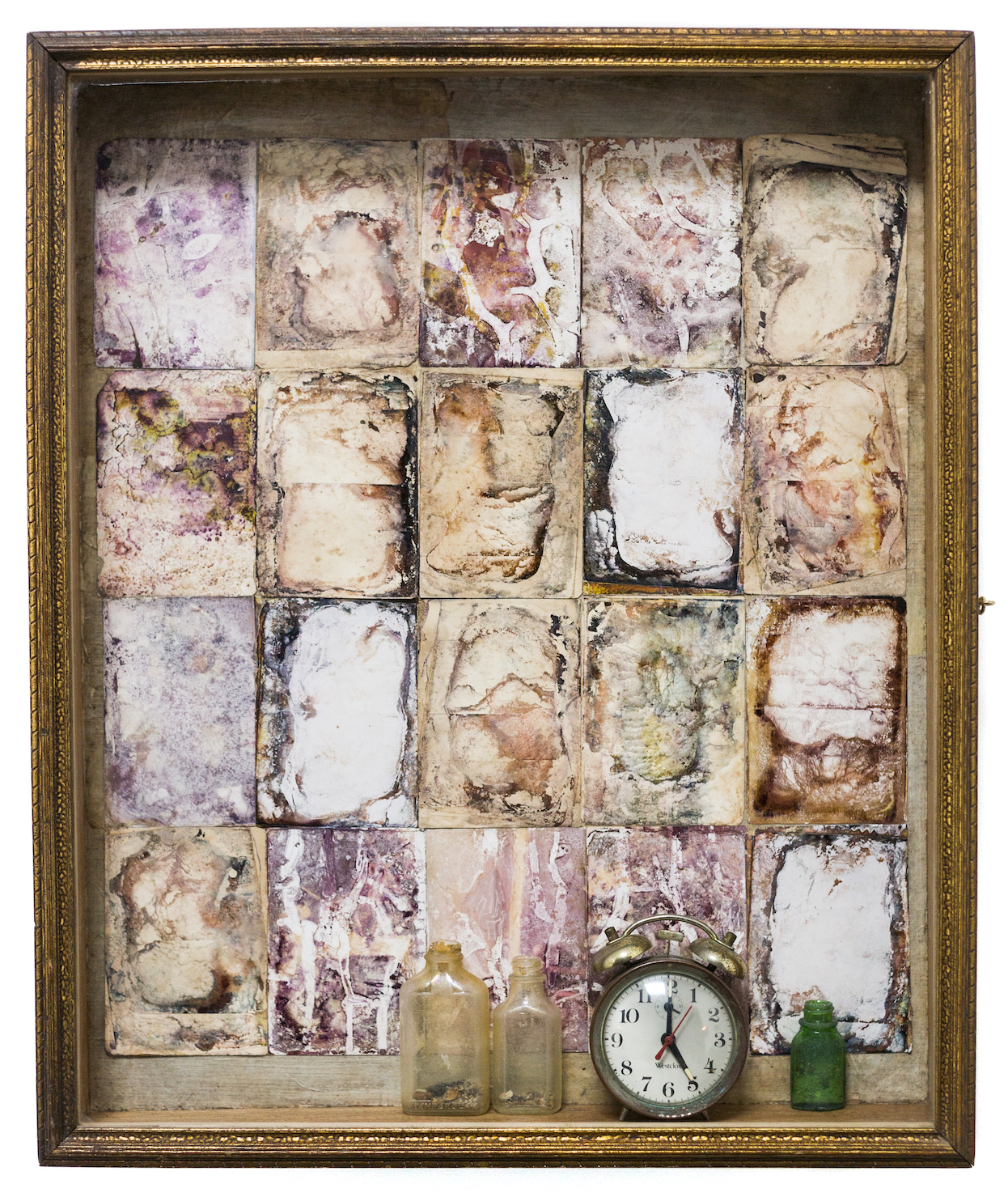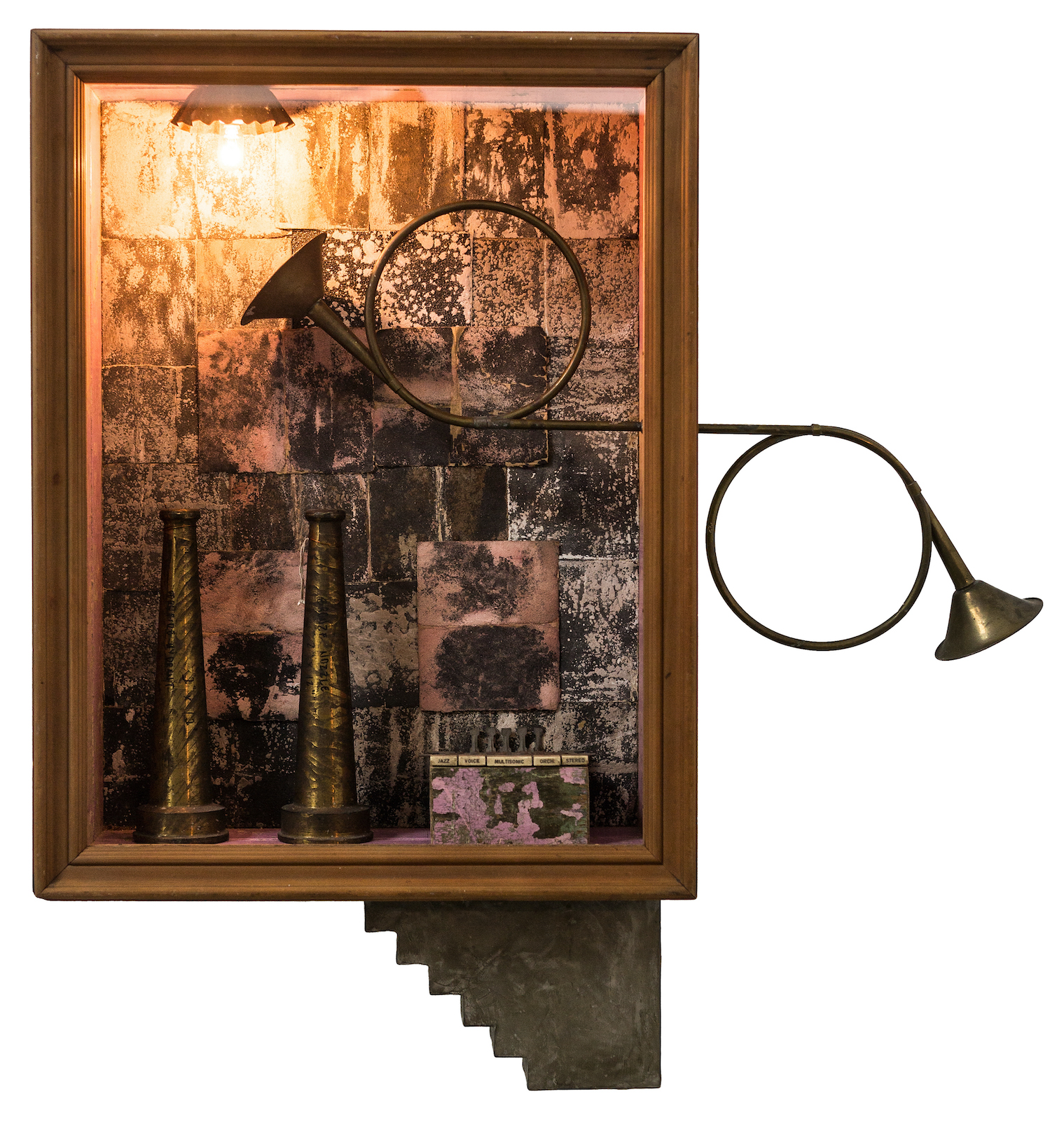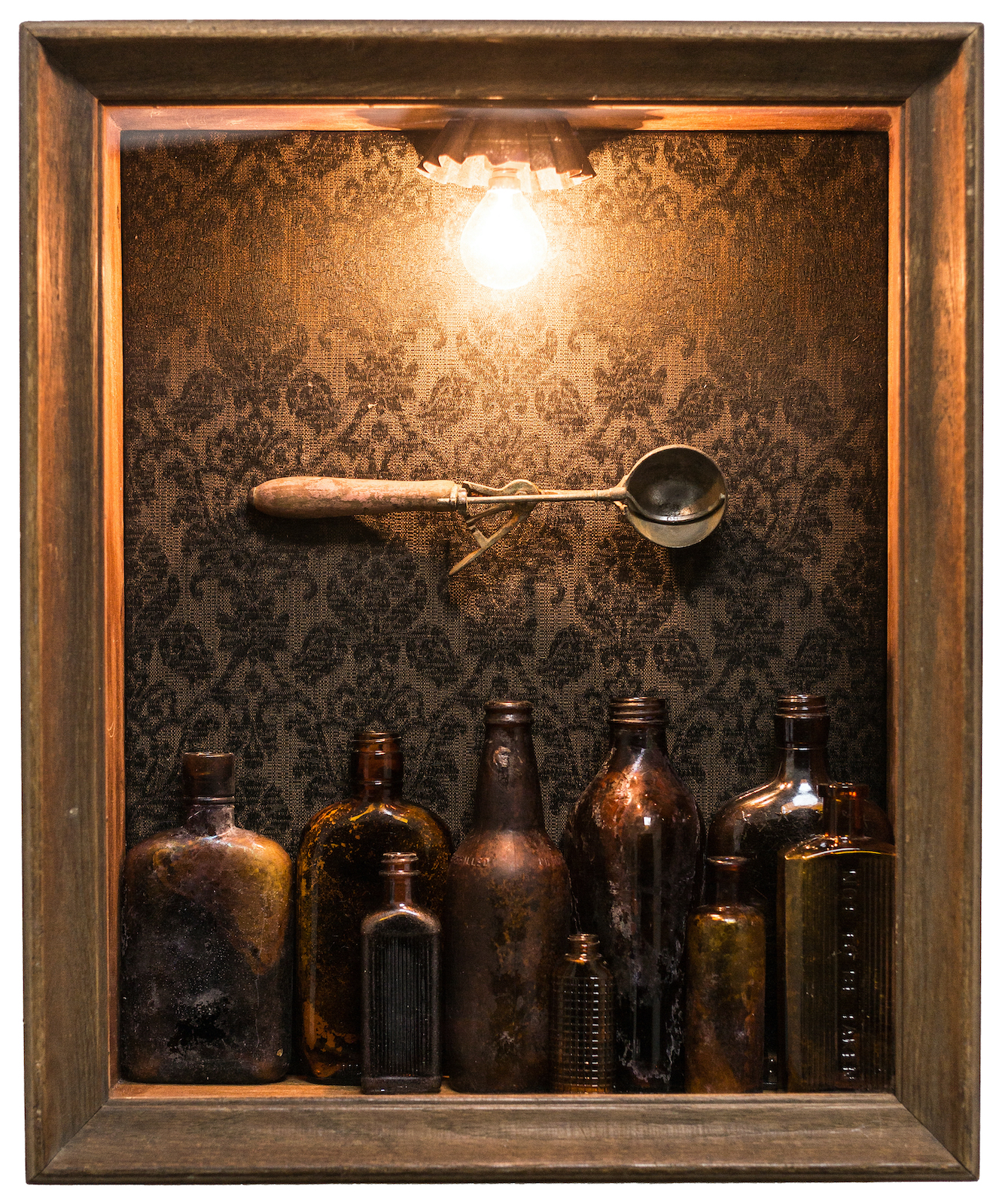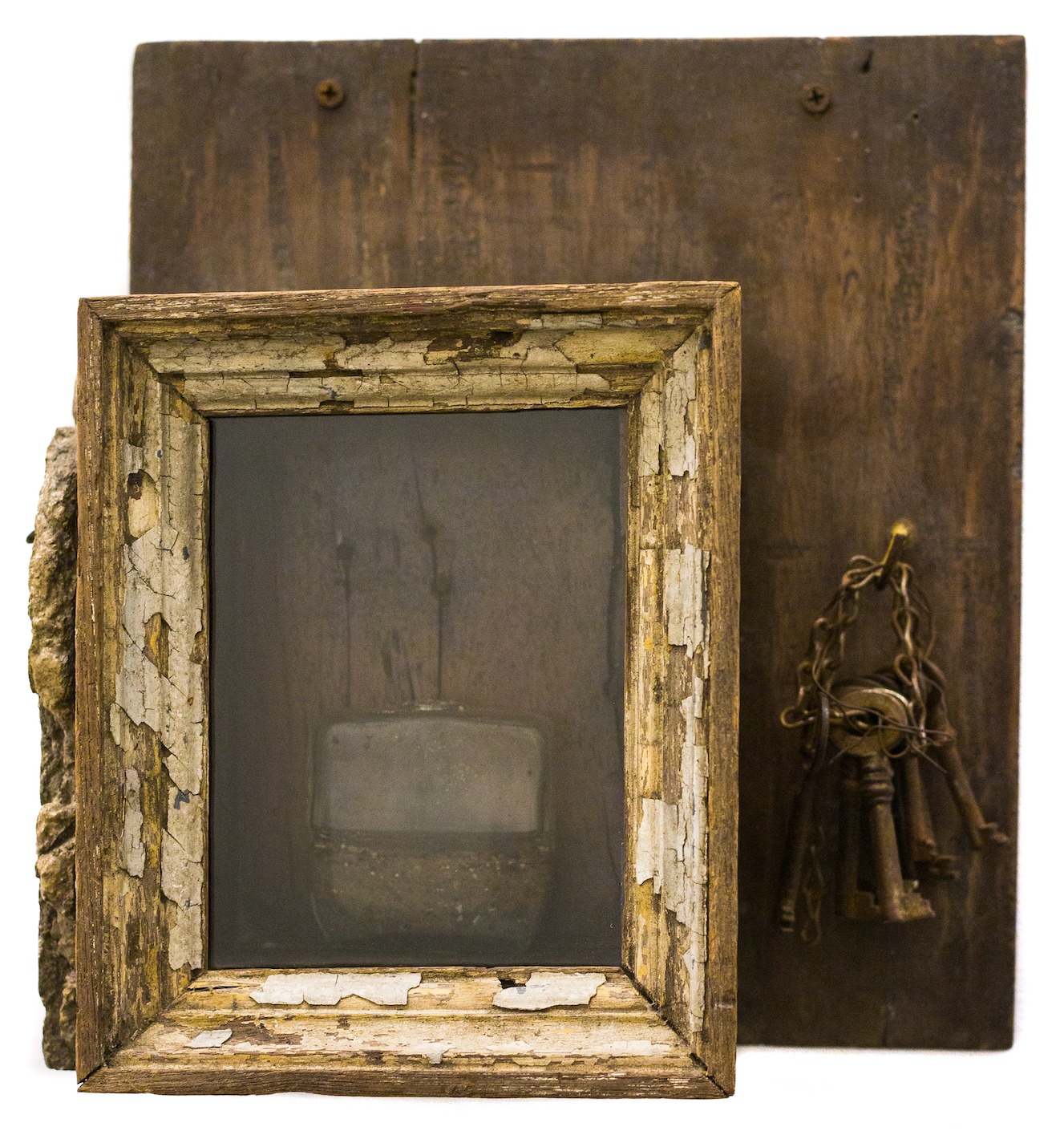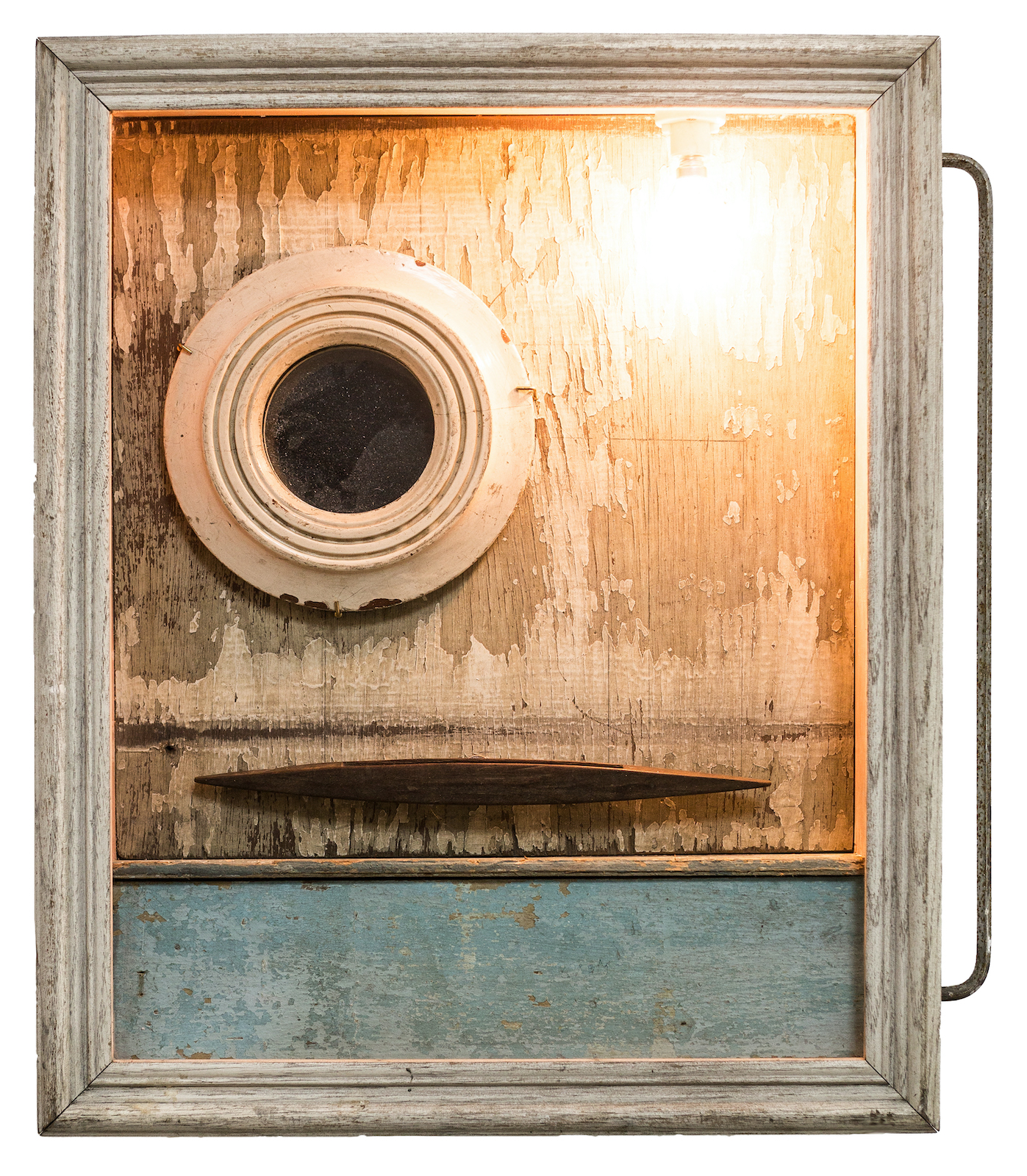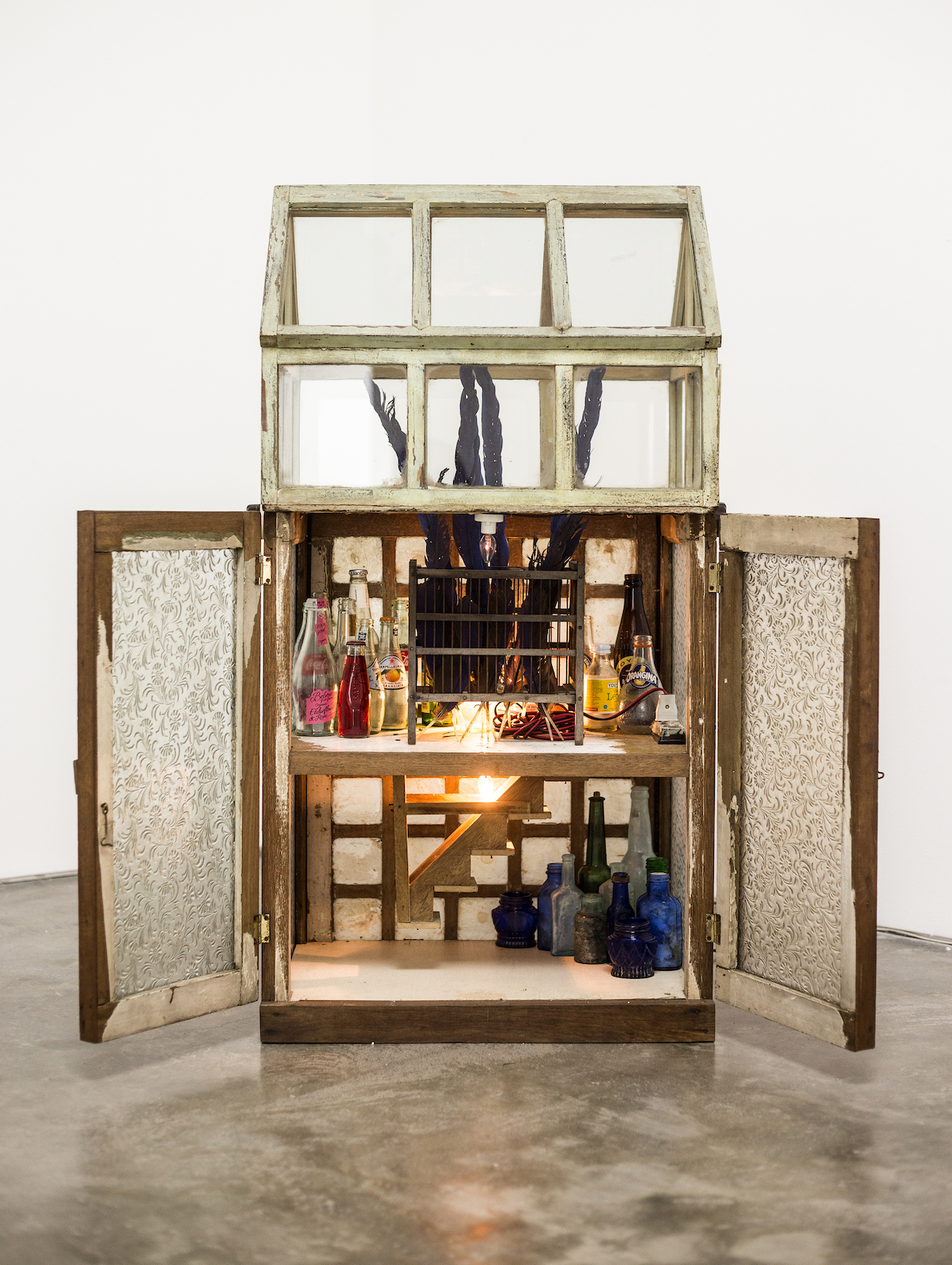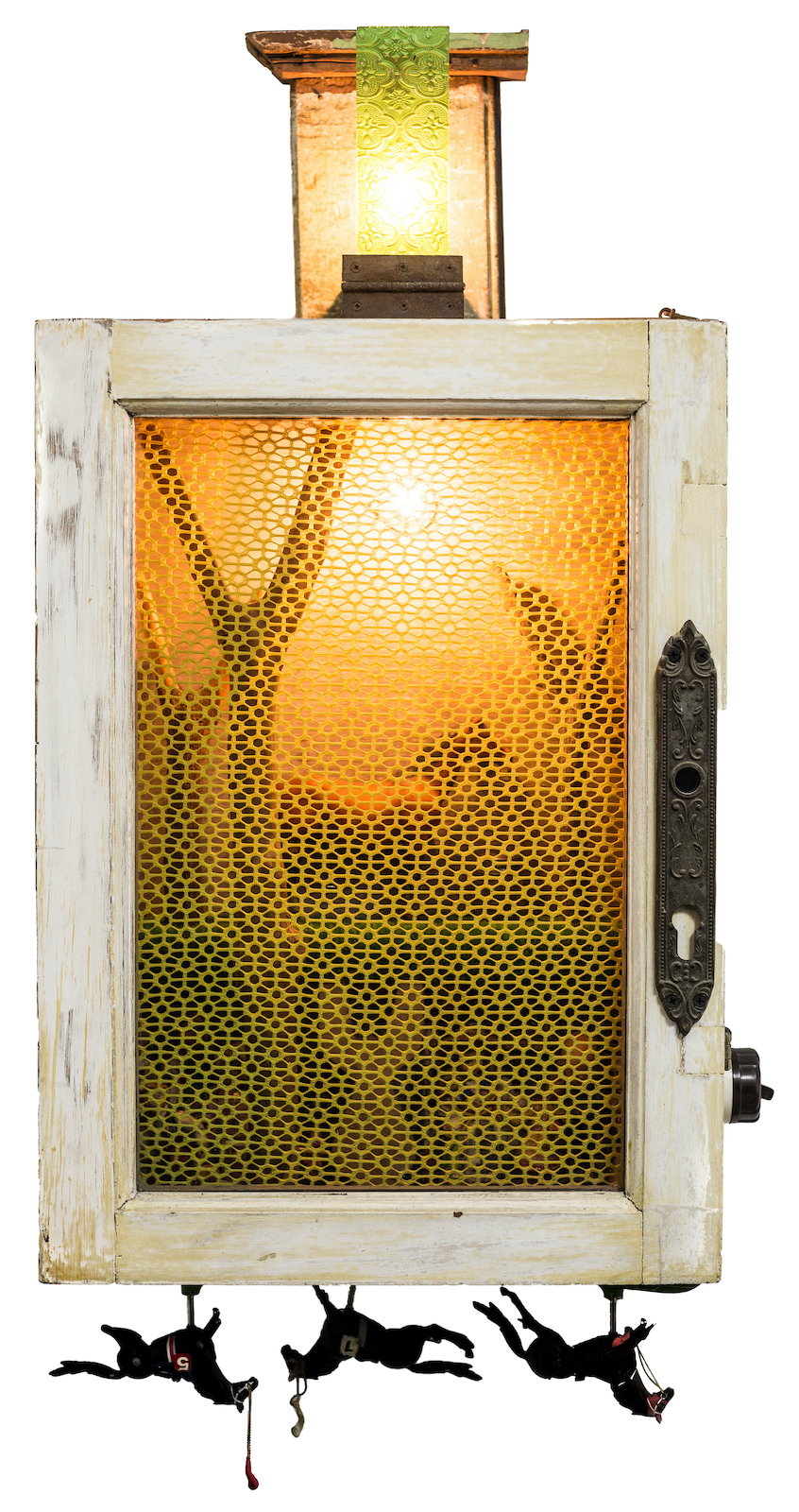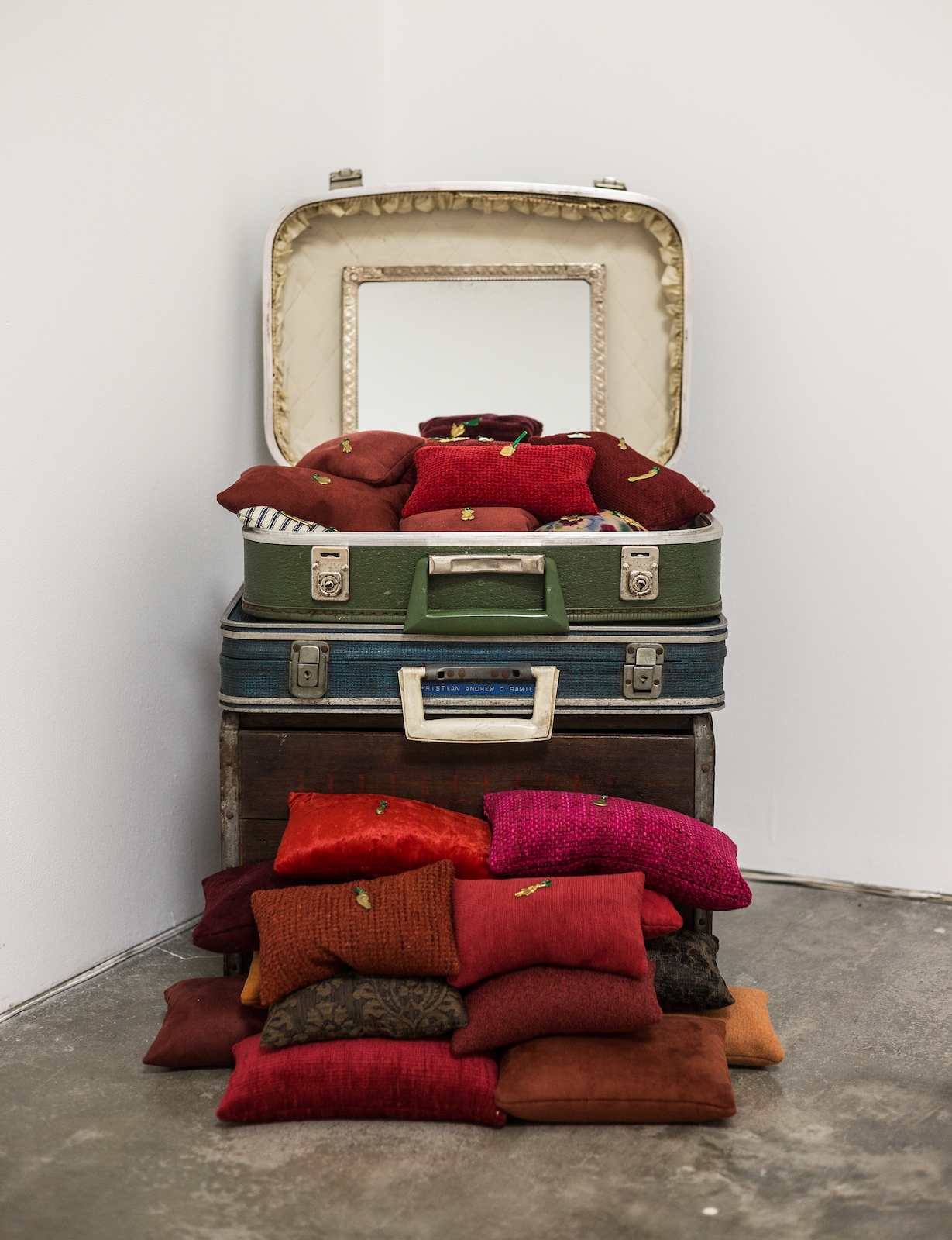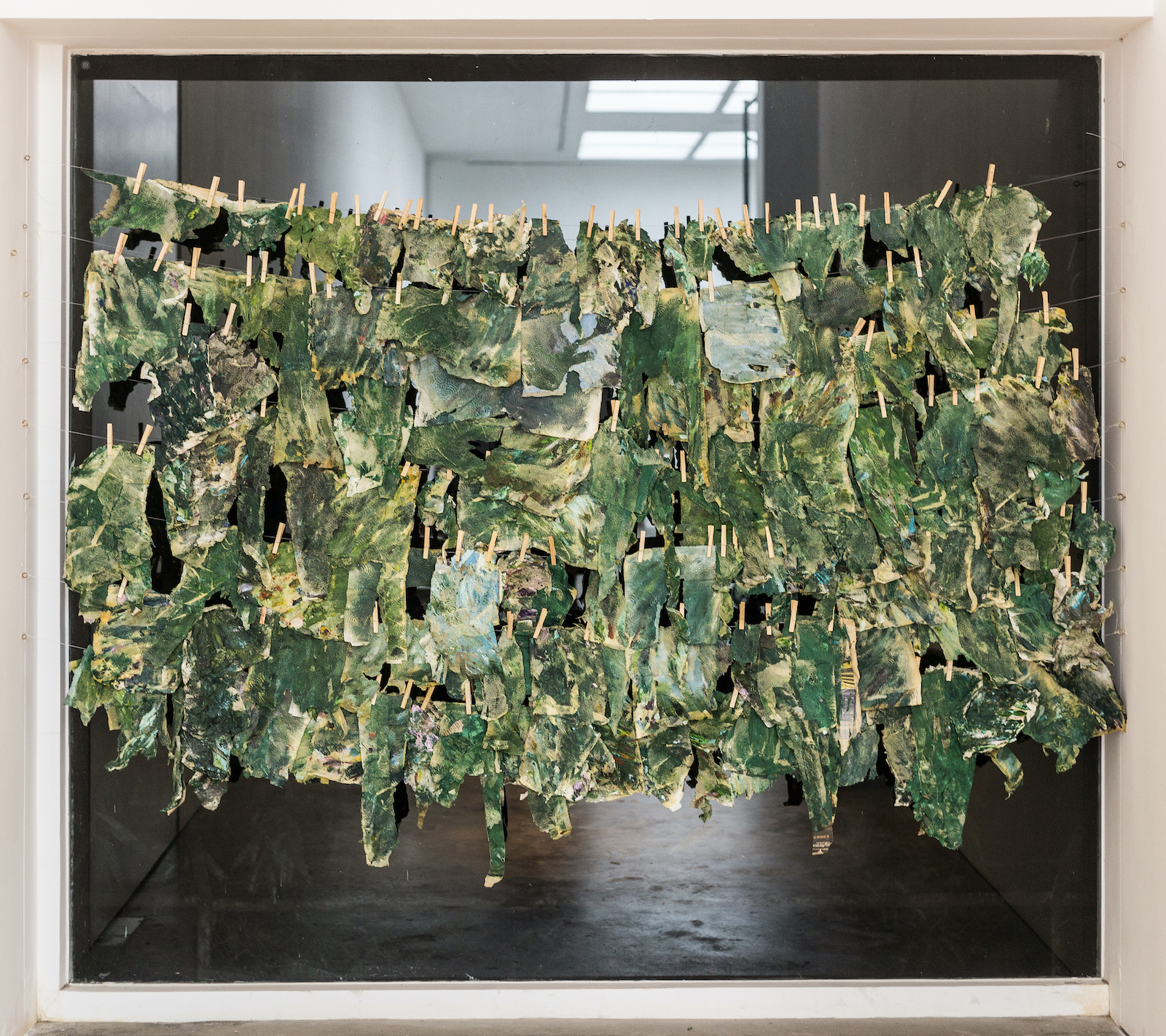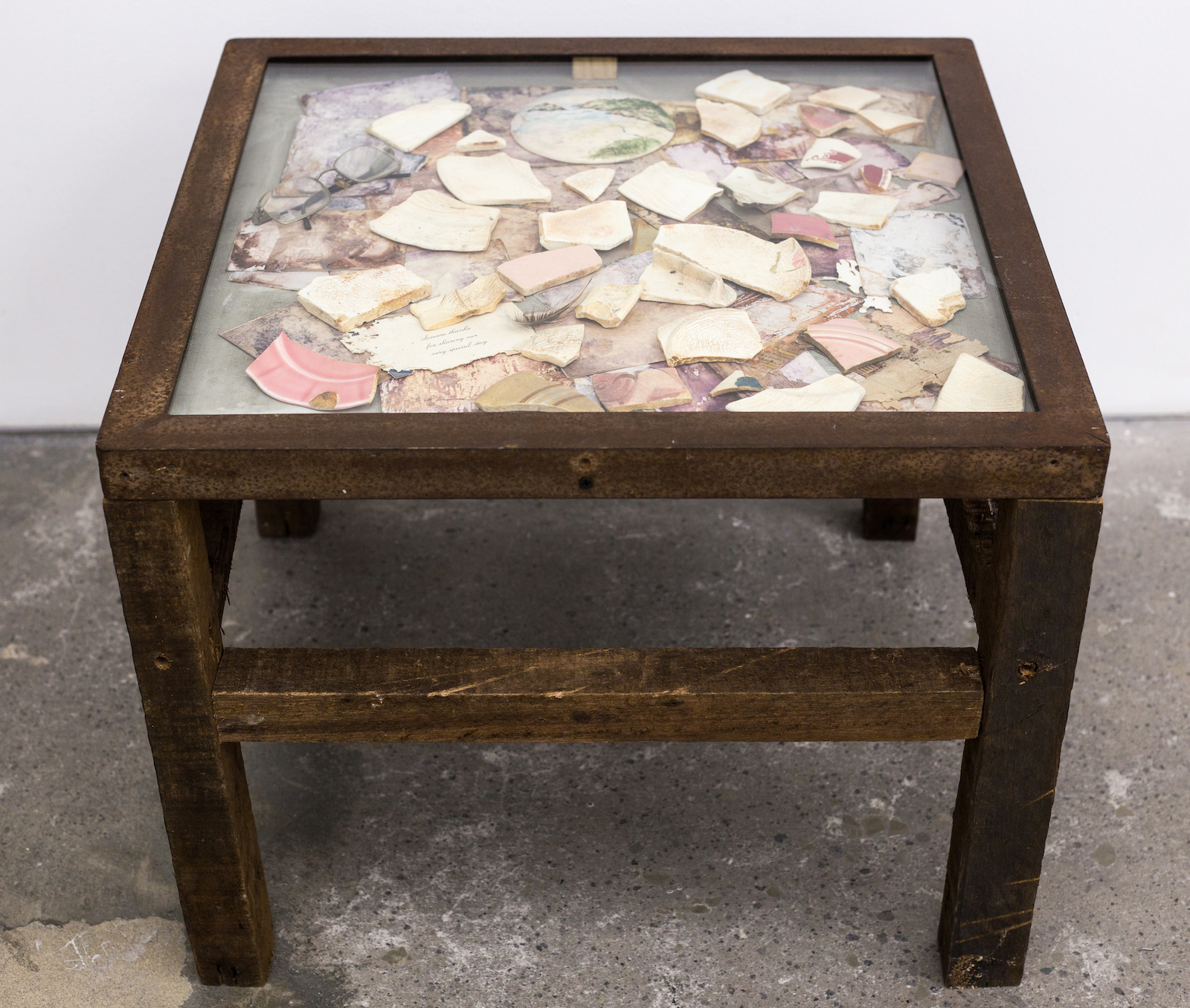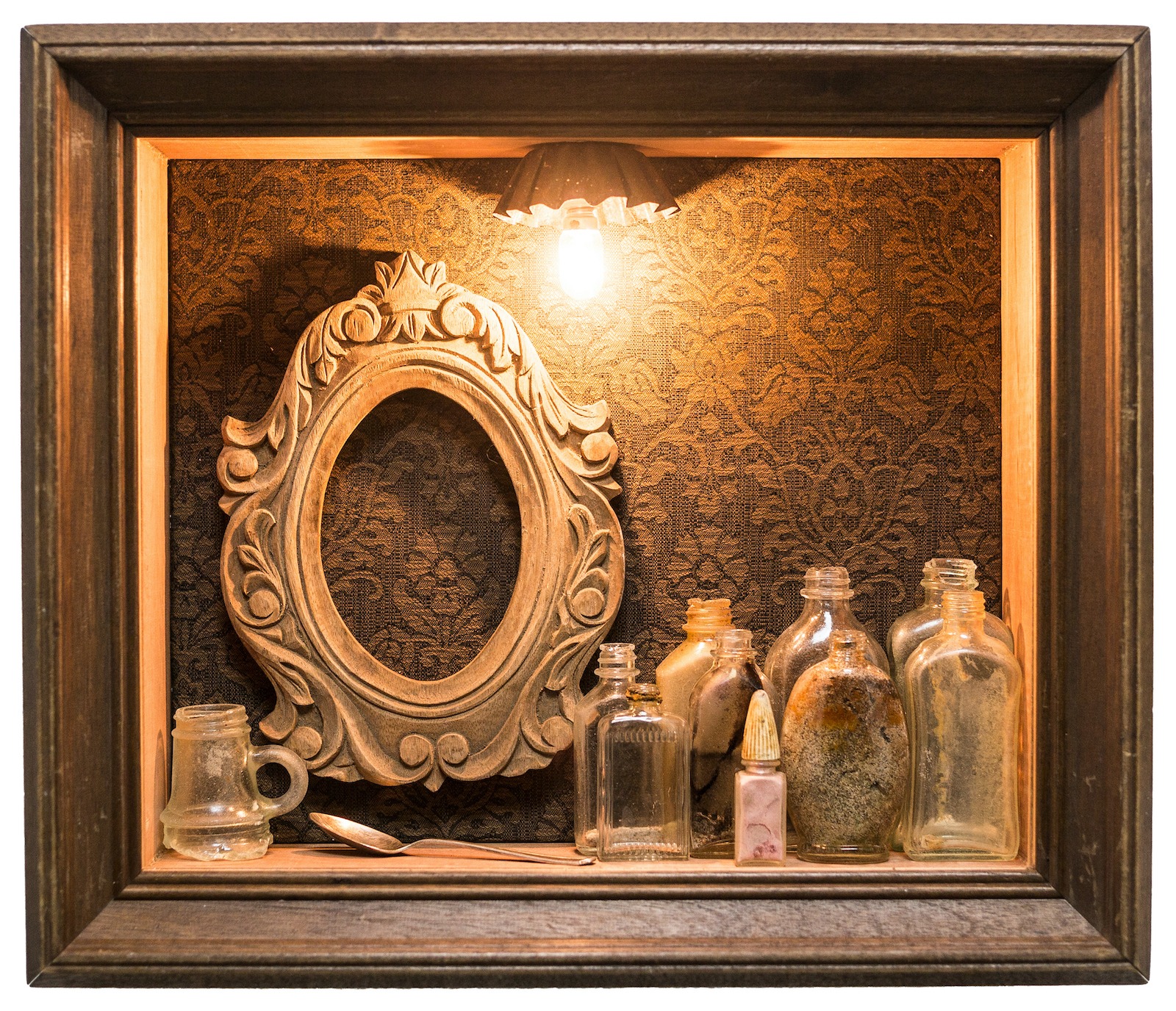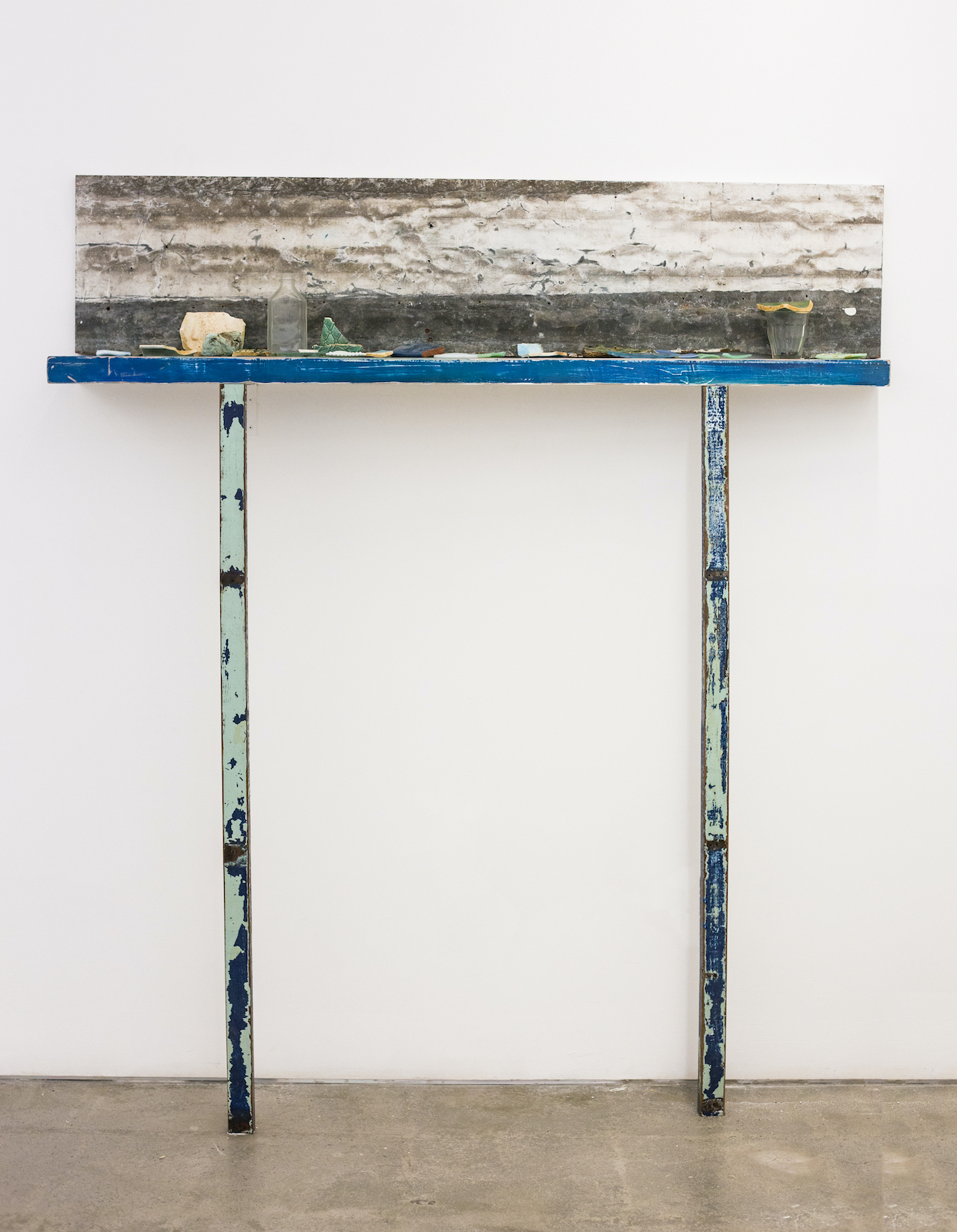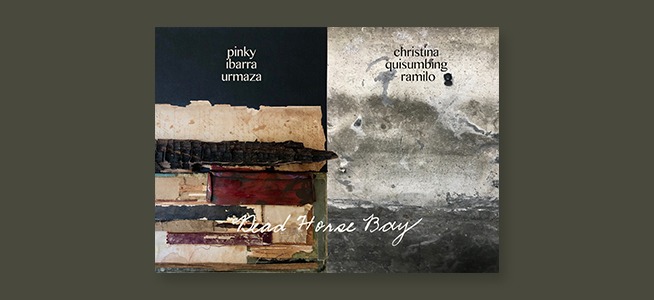
Dead Horse Bay
Christina Quisumbing Ramilo
Silverlens, Manila
Installation Views
About
The unique story of Dead Horse Bay has served as both a resource and a muse for artists, historians and educators. It is a strange little place but also a microcosm of society; it faced issues that are still current: on migration, racism, the invisibility of service workers and the heartless eradication of helpless communities.
Pinky Ibarra Urmaza was browsing topics on mudlarking when she came across Miriam Sicherman, who wrote about Dead Horse Bay. This interested Urmaza enough to pursue further research. She managed to get a copy of Sicherman’s 2018 thesis “Forgotten By God: How the People of Barren Island Built a Thriving Community on New York City’s Garbage.” Christina Quisumbing Ramilo was scheduled to travel to New York in June 2019, and together they decided to visit Dead Horse Bay in preparation for their 2-man show at Silverlens gallery. Sicherman was gracious enough to give them guidance on how to navigate the unmarked paths leading to the shoreline and advice them on the best times to search for objects in relation to the tides.
Urmaza’s love for storytelling stems from her childhood, growing up in her lolo’s ancestral home, which was filled with musty old books and encyclopedias, damaged by floods and weathered with age. This evolved in adulthood when Urmaza began her career as a videographer, fueled by a combined passion for research and the evocative juxtaposition of imagery. Urmaza made a natural shift to collage-making, influenced by her enthusiasm over historical fiction and her daughter’s goal of becoming an archaeologist. For the Dead Horse Bay exhibition, she referred to several books and essays, including “The Innocence of Objects” by Orhan Pamuk and “Barren Island” by Carol Zoref.
Recycling has been the basis of Ramilo’s practice for decades, by deliberate choice, not only being unable to bear the thought of material waste, but also through her penchant for collecting and accumulating fragments and objects until their time comes to be used as material for art. She is motivated by the joy of discovery and the potential of found materials when assembled with other objects to communicate layers upon layers of meaning. Her ingenuity lies in the ability to highlight the relevance of these objects in our time, recognizing both the value of old objects and the significance of contemporary materials: used sandpaper, disposable coffee cups, beautiful fabrics and the process of other artists, who are her peers.
The exhibition presents a multitude of readings that tug on viewers’ memories and imaginations. It is a portal into a forgotten world whose name cannot be found in modern maps and most history books. It is a revelation based on buried objects that are reasserting themselves, inevitably uncovered by the waves, resurfacing things once hidden. It recalls the atrocity of a government official who displaced people from poor sections of the city; unable to afford moving vans, their precious possessions dumped into landfills. It is the artists’ semi-autobiographical thoughts as immigrants and outsiders and their struggles as brown workers. It is a reflection on the changing roles and perceptions of women: their strength, versatility and ability to reclaim. It is a commentary on the urgency of processing waste to curb environmental disaster.
Each work draws us in to look closely and contemplate on every tiny element. The following are excerpts from the artists describing selected work to illustrate the richness of each piece:
Tell Me How It Ends by Pinky Ibarra Urmaza:
“I borrowed the title from a book of essays (by Valeria Luiselli) that discusses 40 questions in a questionnaire drawn up by immigration attorneys. The questionnaire was created for the thousands of Central American children who arrive in the US each year after being smuggled across the US border from Mexico. Their answers would determine if they are to be granted legal sanctuary. I thought of making an imaginary game using a box with toy pieces to symbolize childhood in the midst of chaos and uncertainty. The found wood on the left is from Dead Horse Bay. I included the bits of sand attached to it as a way to represent the shores these children crossed in reaching their unwelcoming new home.”
Weight by Christina Quisumbing Ramilo:
“I filled and surrounded vintage suitcases with bags of sand, forming associations with journeys and human attempts to prevent erosion. I wanted to make a feminine piece that portrays the capacity of women to carry heavy burdens. The charms pinned onto the sandbags are “ex-votos” or “milagros”-- objects that I have been collecting as part of my lifetime accumulation of religious iconography. Milagros are religious folk charms that serve as votive offerings to saints as a reminder of a person’s particular need or gratitude for an answered prayer. They are often pinned to altars, shrines, and sacred objects like statues and church bells. For the Dead Horse Bay work, I selected milagros related to women, affiliating them to fulfilled hopes and dreams. All of these are set on a base made from a vintage wine crate that I brought home with me from my time living in New York.”
Words by Stephanie Frondoso
Christina Quisumbing Ramilo (b. 1961, Manila; lives and works in Manila, Philippines) examines and reimagines objects and their contexts through comprehension of material and site specificity. Her artistic practice involves an interest in and respect for the life and history of objects. With minimal intervention on their surfaces, she arranges them or reconfigures their parts, presenting other perspectives to their forms and functions. Often using unconventional materials (construction discards, architectural fragments, casts, recycled paper), and utilizing objects themselves as material (mirrors, bottles, old frames, clothing), most of which have been collected for years, she constructs the works in parts over long periods of time, never completely finished. Conferred with titles that employ wit and humor, they ultimately express her personal poetries.
Recent special projects: Everywhere, There You Are, Areté (2019), Forest for the Trees, Art Fair Philippines Special Exhibition (2019), Forest for the Trees, Museo Sansó (2019), Mata, Taiwan East Coast Land Festival (2017), artist-in-residence at Langgeng Art Foundation, Yogyakarta (2016) TAKSU Kuala Lumpur (2017)
Recent upcoming and past exhibitions: Dead Horse Bay, Silverlens (2019), Flight, Mo Space (2019), Ordo Ab Chao, Silverlens (2018), Verses Reverse, Artinformal (2018), Swell, West Gallery (2018), Muscle Memory, Artinformal (2017) UNTITLED, Artinformal (2016)
Pinky Ibarra Urmaza (b. 1976, Manila; lives and works in New York City) is a mixed media artist drawn to objects with history – vintage books, old toy parts, and other flea market finds. She graduated with a Bachelor of Arts degree from De La Salle University, Manila and attended workshops at the MOWELFUND Film Institute. Always interested in storytelling, she worked on several film projects. In 2000, she moved to New York where she completed the full-time program at the International Center of Photography.
Her collages are inspired by childhood memories of ancestral houses, salvaged family heirlooms and remnants of strangers’ lives found in dusty photographs and stained pages. Through manipulating these materials by burning, tearing, painting, and mark-making, her work celebrates the discarded in the hope of breathing new life into these forgotten objects.
Works
